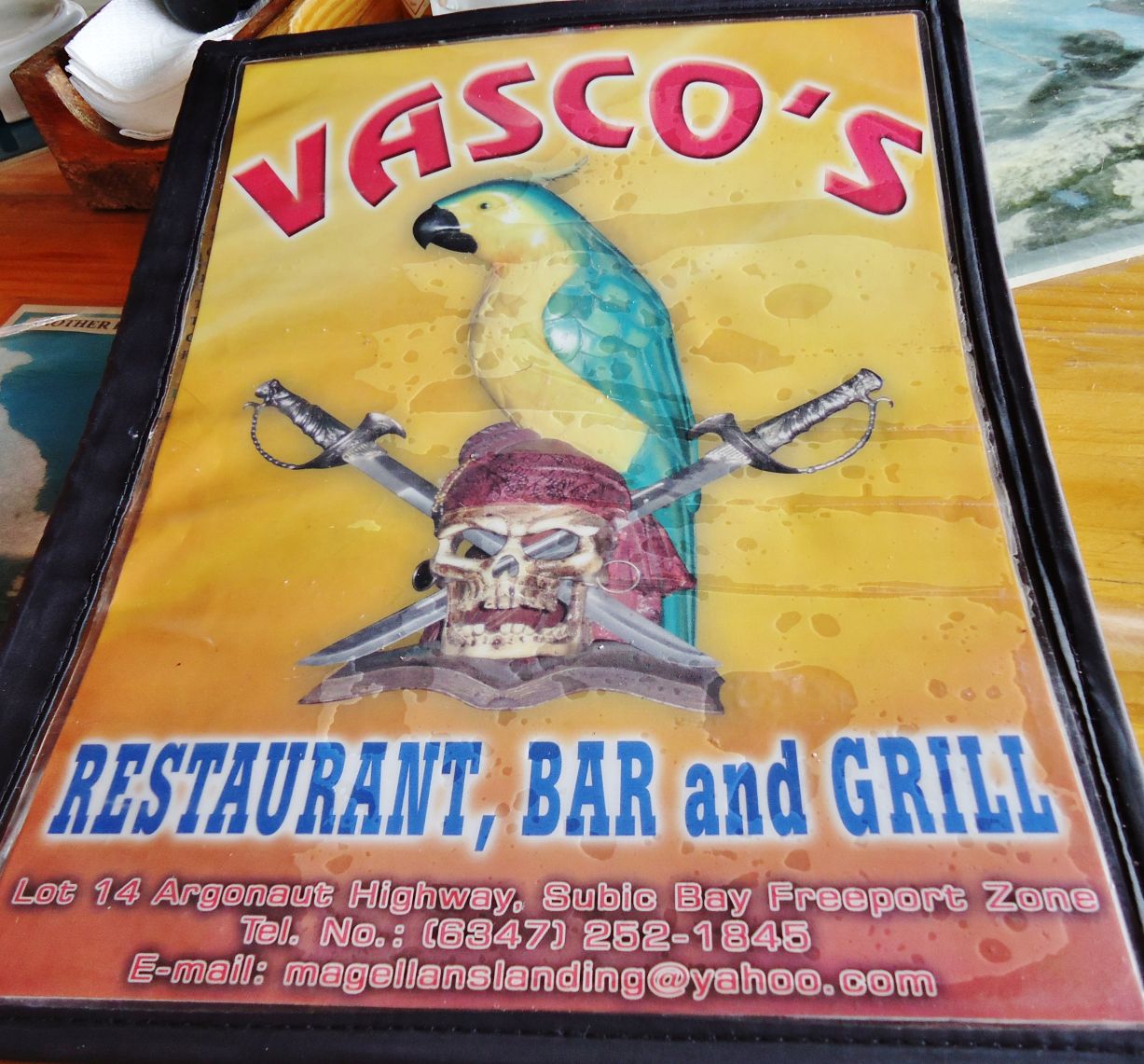
Zf879. Vasco’s menu cover page.
——————————–
Vasco’s Restaurant, Bar and Grill, also a Resort and Hotel
Magellan’s Landing Maritime Museum
The Vasco’s Restaurant, Bar, Grill, Resort and Hotel and the Magellan Landing Maritime Museum (it is really one place) is a very unique, interesting, relaxing and refreshing place, so is the owner, Brian Homan, an adventurer and entrepreneur! I love to go there and I especially like to take visitors, they are astounded by the charm of the place.
————————————–
This first section of this Vasco’s and Magellan presentation is a write up, news clips and pictures from this Facebook page called: Subic Bay- Olongapo City Residents Page, click here:
December 9, 2019
Subic Bay Stories
Brian John Homan. Born March 25, 1952. Owner of Magellan’s Landing, Vasco’s, along Argonaught Highway, Subic Freeport Zone, Australian national.
He arrived in Subic Bay in 1992, two weeks after the departure of the Americans and he arrived with a vision.
Prior to this, he had his first shipwreck dive expedition on August 21,1983. When the whole country was in turmoil and was mourning the assassination of Ninoy Aquino, Brian was celebrating the discovery of many ancient Chinese Dragon Jars at sea.
9 years after, he came back speculating on valuables under Subic Bay. His return was on board a Spanish Galleon made out of European Pinewood. This caught the attention of then Chairman of SBMA now Senator Dick Gordon.
“The chairman called for me after seeing the Galleon docked in Barretto. I want you to bring the Galleon to SBMA”, the chairman said.
And so Brian sailed it into the Freeport, docked it in what was to be the spot of the Subic Bay Yacht club.
It was under the administration of Chairman Felicito Payumo, March of 2000 that Brian would conceptualize what would be today’s Vasco’s restaurant, Magellan’s Landing Maritime Museum and a boutique hotel by the bay. It is a 24 hour restaurant where you can enjoy the best view of Subic’s sunset.
“This place had nothing! It was a coaling-refueling station of the U.S. Navy. It was a wasteland,” he said. Even Chairman Payumo was scratching his head on what he could possibly develop in the area
This novel Subic real estate he developed with passion, as close to the bay as one could be, with good food and drinks and good company would be his refuge to many stories at sea. From being called in to clean up the chemicals from the Fedex plane crash, to being part of that rescue effort in the Bocaue Pagoda tragedy in 1993, being part of the rescue effort after the floating Pagoda capsized. 257 bodies mostly children were recovered, “I’ve been doing what I’ve loved since I was a teenager. I am so committed to the sea and diving that I lost 2 good wives…I have since slowed down as I don’t want to lose my 3rd wife.” said Brian.
While he says this, and entering his 70s, he reminisces the days he was in Puerto Galera, Mindoro, excitedly saying it meant PORT OF THE GALLEONS and MINE OF GOLD (Mindoro). He also says he is setting his sights on the underwater treasure around Vigan as they have pinpointed other possible wrecks just waiting to be discovered.
Thru it all, he says, he has been around the world but his real treasure is Subic which he considers home, “the best place in the world!” While many of us, wittingly or unwittingly throw our waste at sea, Brian recovers so much, and builds us a museum of what we have…what is ours…our history, patrimony, legacy.
And so we say jokingly, if you lose your 3rd wife Brian, marry a mermaid to have the best of both your worlds. Subic Bay loves you and your place! Thanks for all the treasure! Cheers to you!
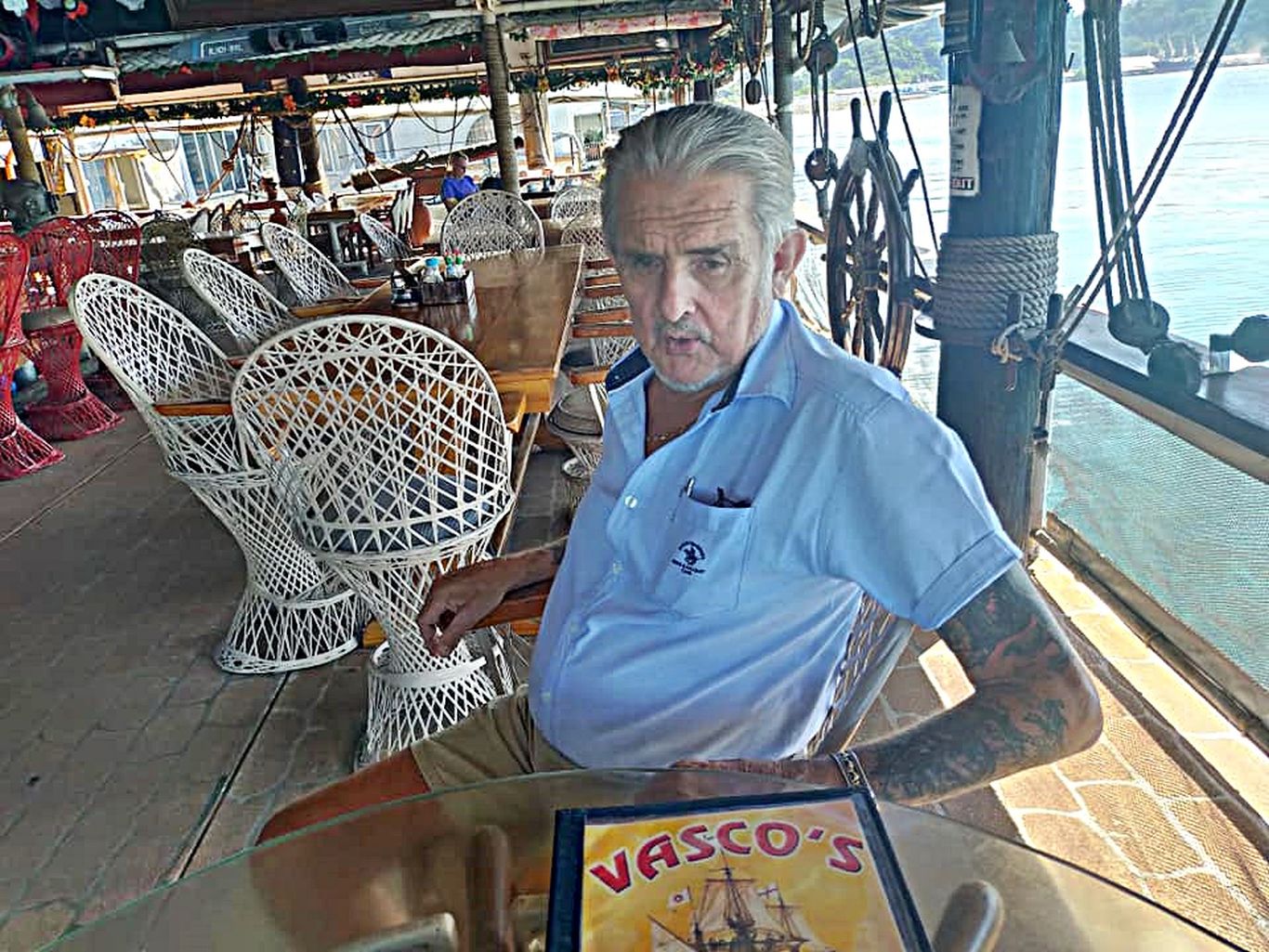
Zf880. This is the Vasco’s Restaurant, Bar and Grill with the Boss Brian Homan, it is maritime all the way and one gets great views from here. This restaurant is sitting on the pilings of the old Navy Coaling Pier.
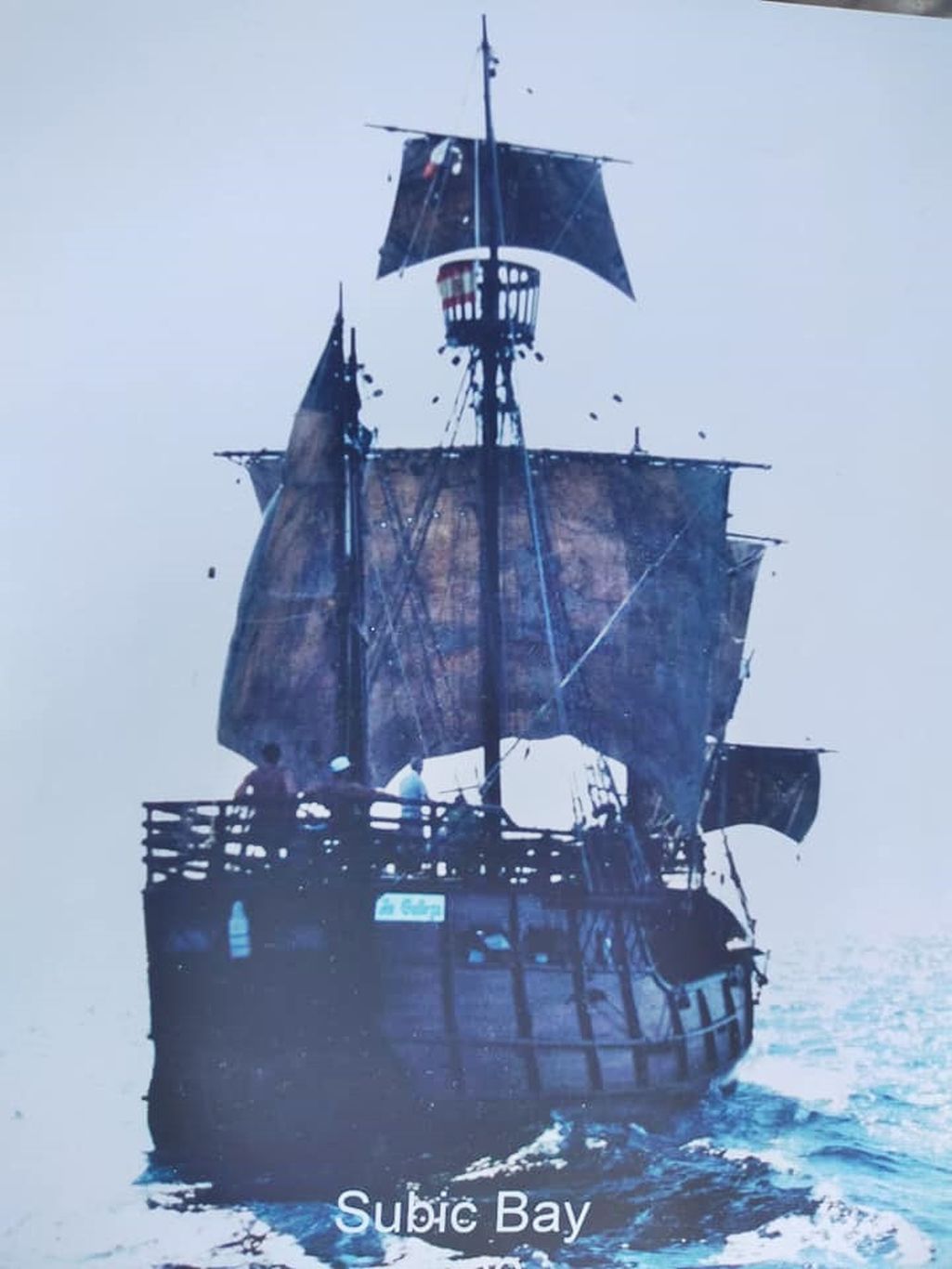
Zf881. This the replica of a Galleon Brian Homan brought to Subic Bay in the 1990 and unfortunate it got wrecked here in Subic Bay in one of the common storms.
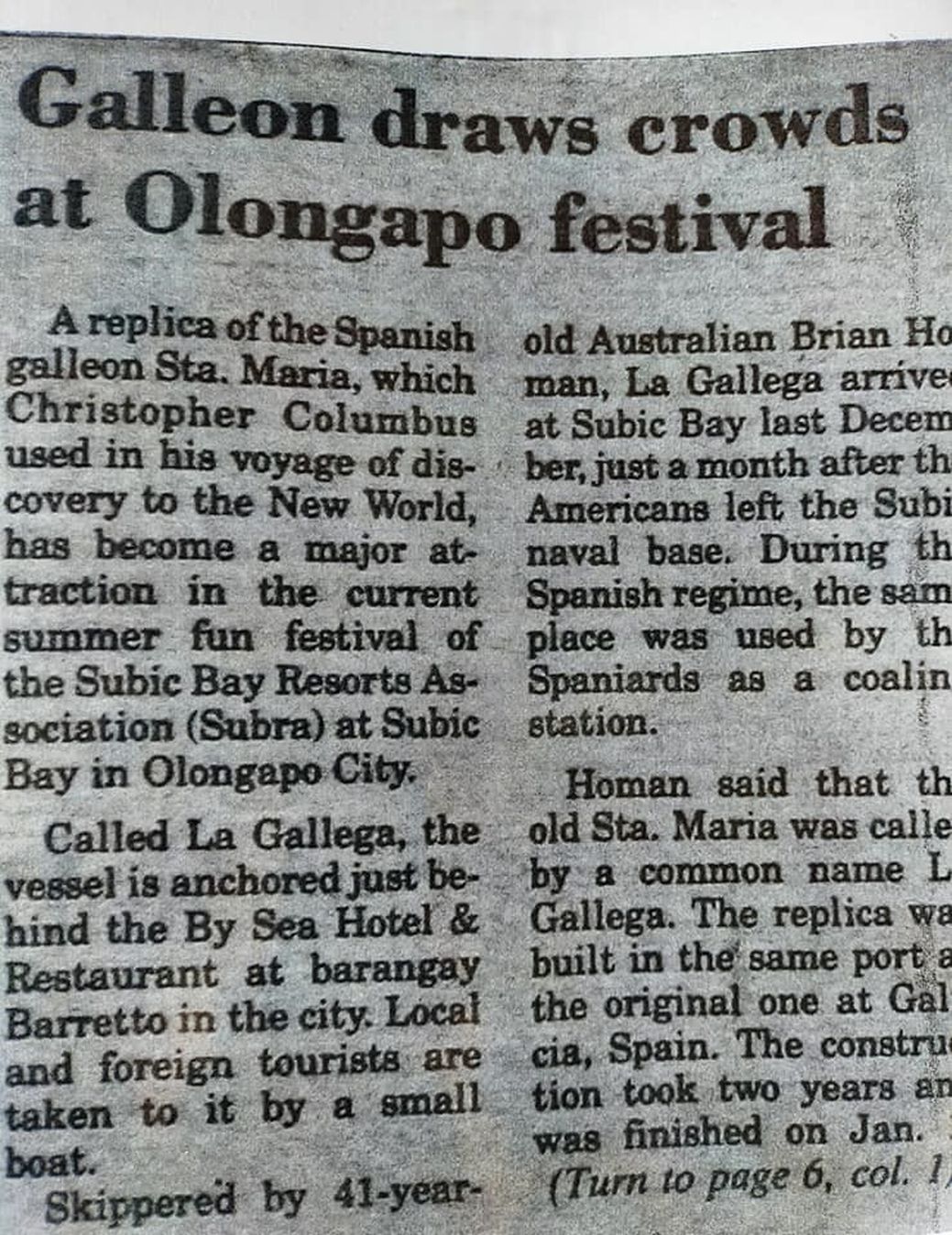
Zf882. The news clipping about the galleon in Subic Bay of Brian Homan.

Zf883.These are partial news clippings about Brian Homan and his Treasure Hunting Adventures.
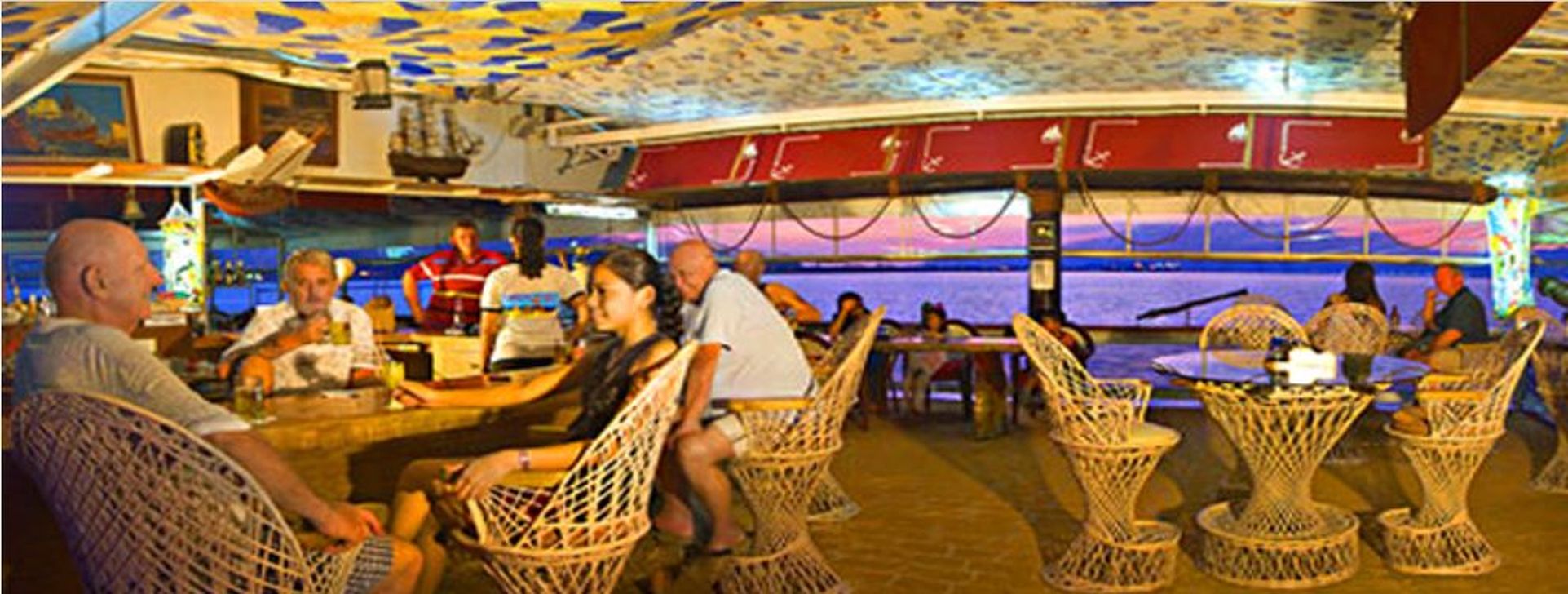
Zf884. this is another view Restaurant, Bar and Grill with the Boss Brian Homan, it is maritime all the way and one gets great views from here. This restaurant is sitting on the pilings of the old Navy Coaling Pier. This image was captured from the www.
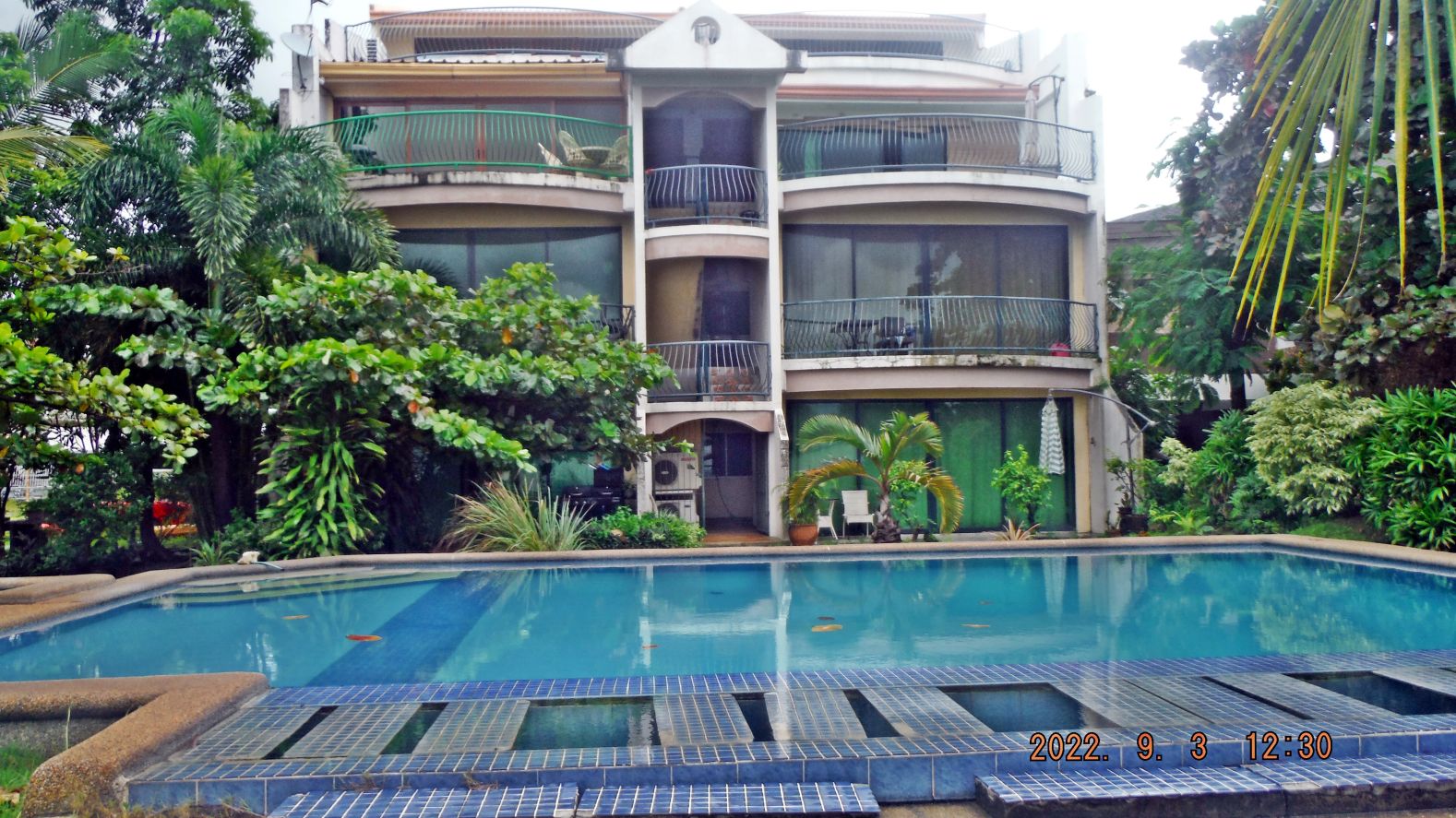
Zf885. This is one of Vasco’s Hotel and Inn structures with the swimming pool in front.
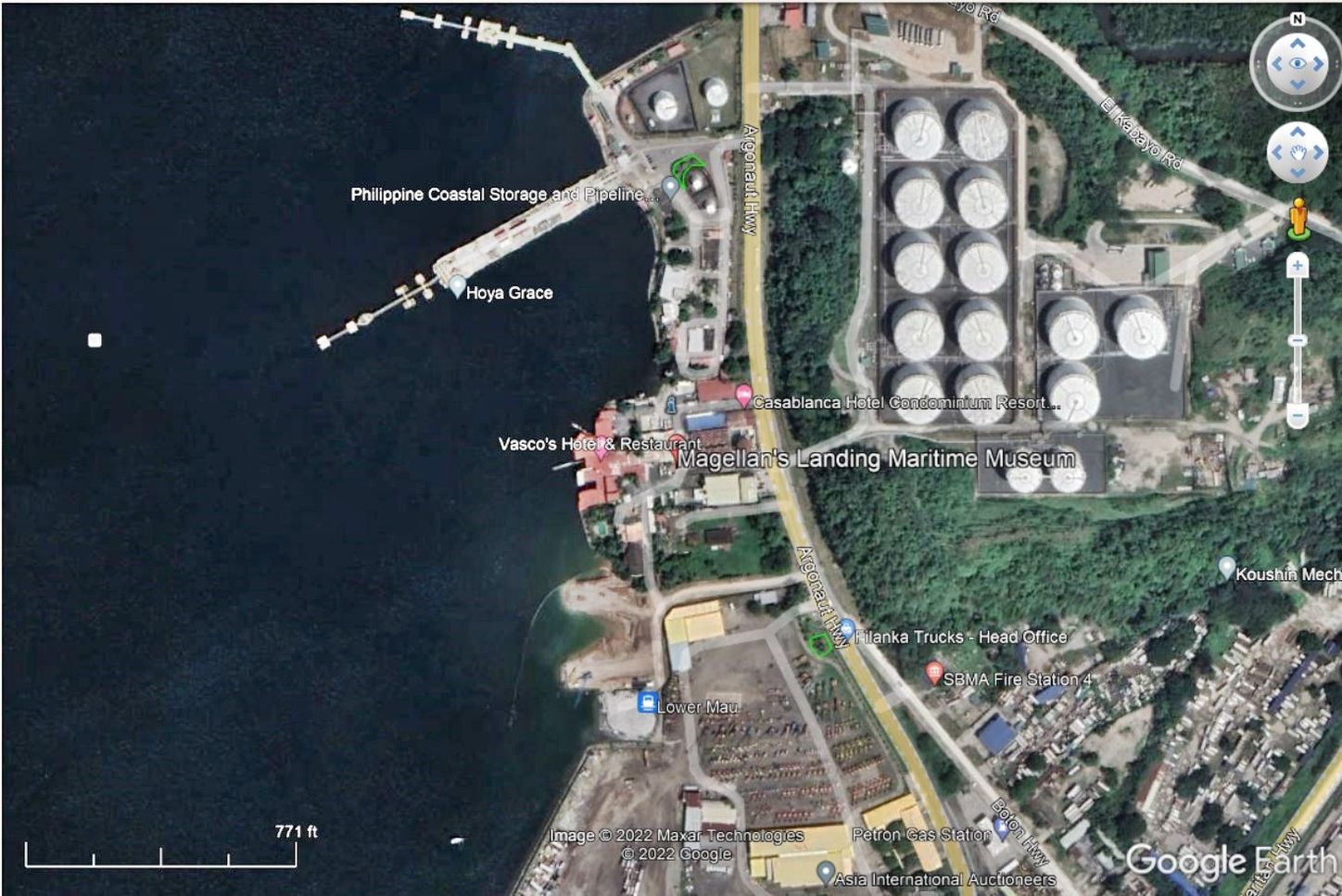
Zf886. This is the Google Earth image with the location of Vasco’s and Magellan indicated.
————————————————
Views from the Vasco’s Restaurant. This is the 2nd section of this first segment.

Zf887. The new Container Port, left of it is the old Carrier Leyte Wharf which is now a Grain Port.

Zf888. A US Naval Ship from the Military Sea Lift Command (MSC) is in port, moored to the former Ship Repair Facility (SRF).
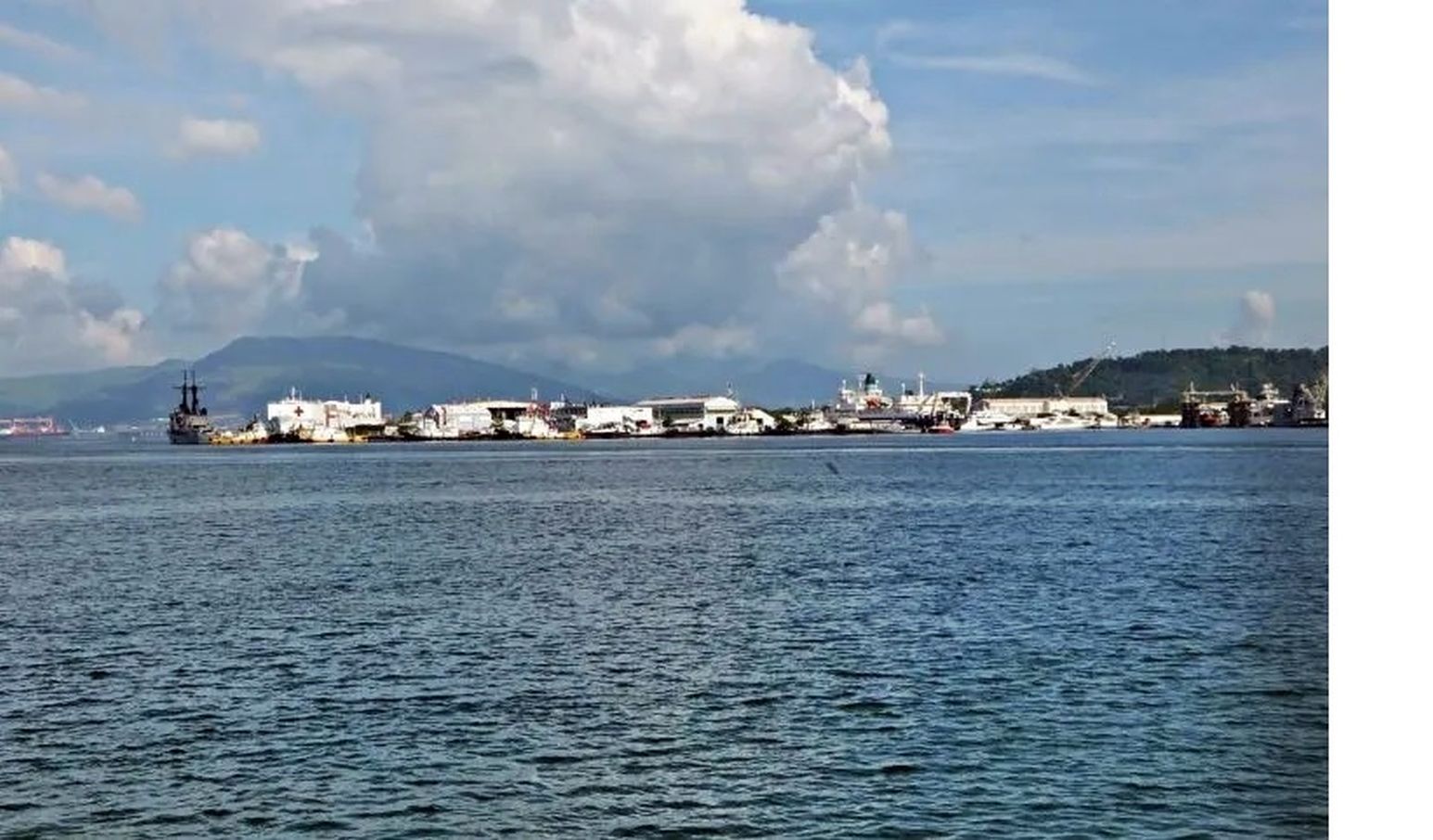
Zf889. A great view of the former Ship Repair Facility (SRF), I see a Philippine war ship, many tugs, a cable laying ship, a yacht and two dry docks at right.
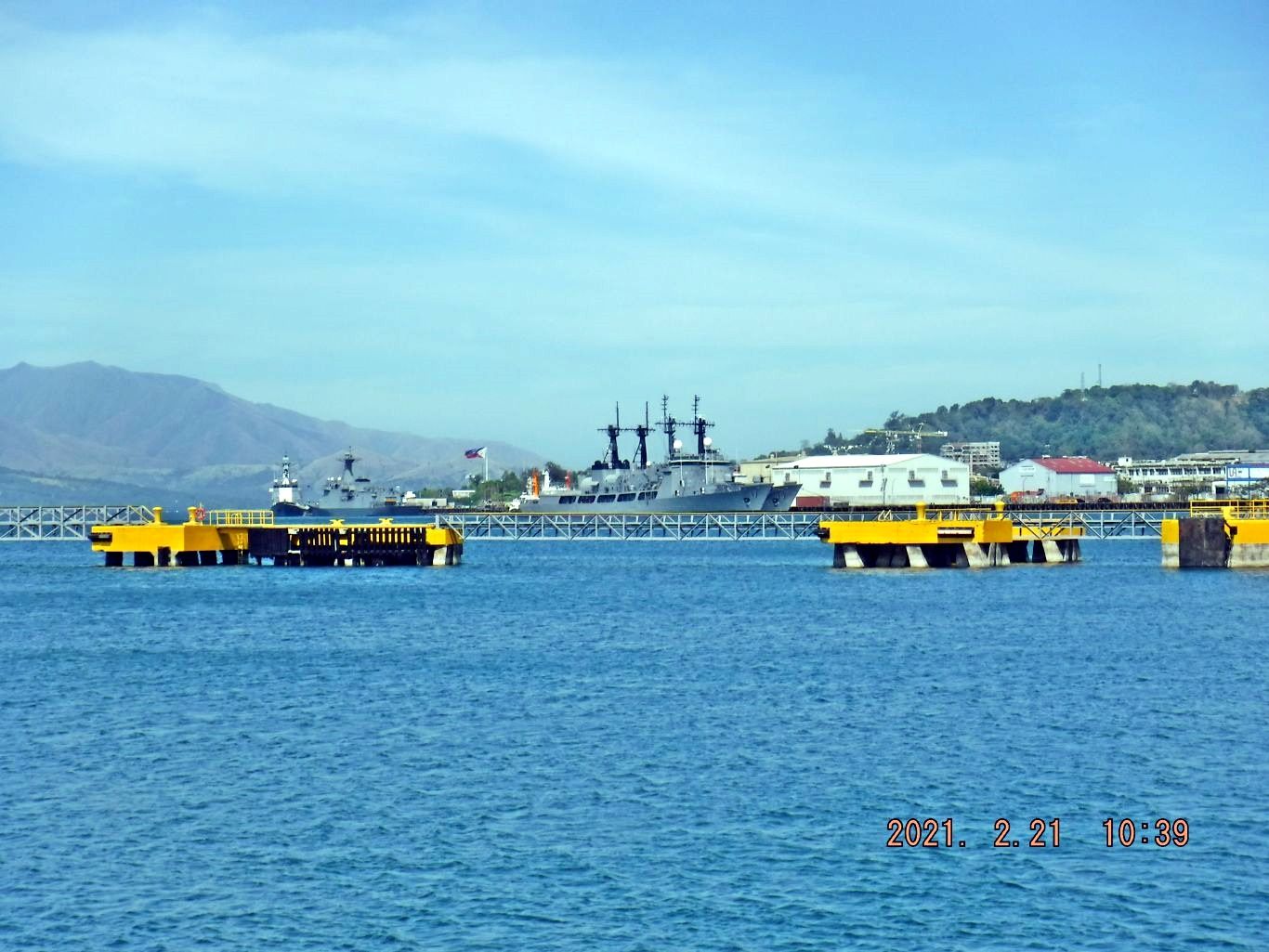
Zf890. This is a shot across the old fuel pier towards the former SRF and we see the modern Philippine Navy Ships which have now moved to their new base at the Agila Subic Yard, the former Hanjin Shipyard.
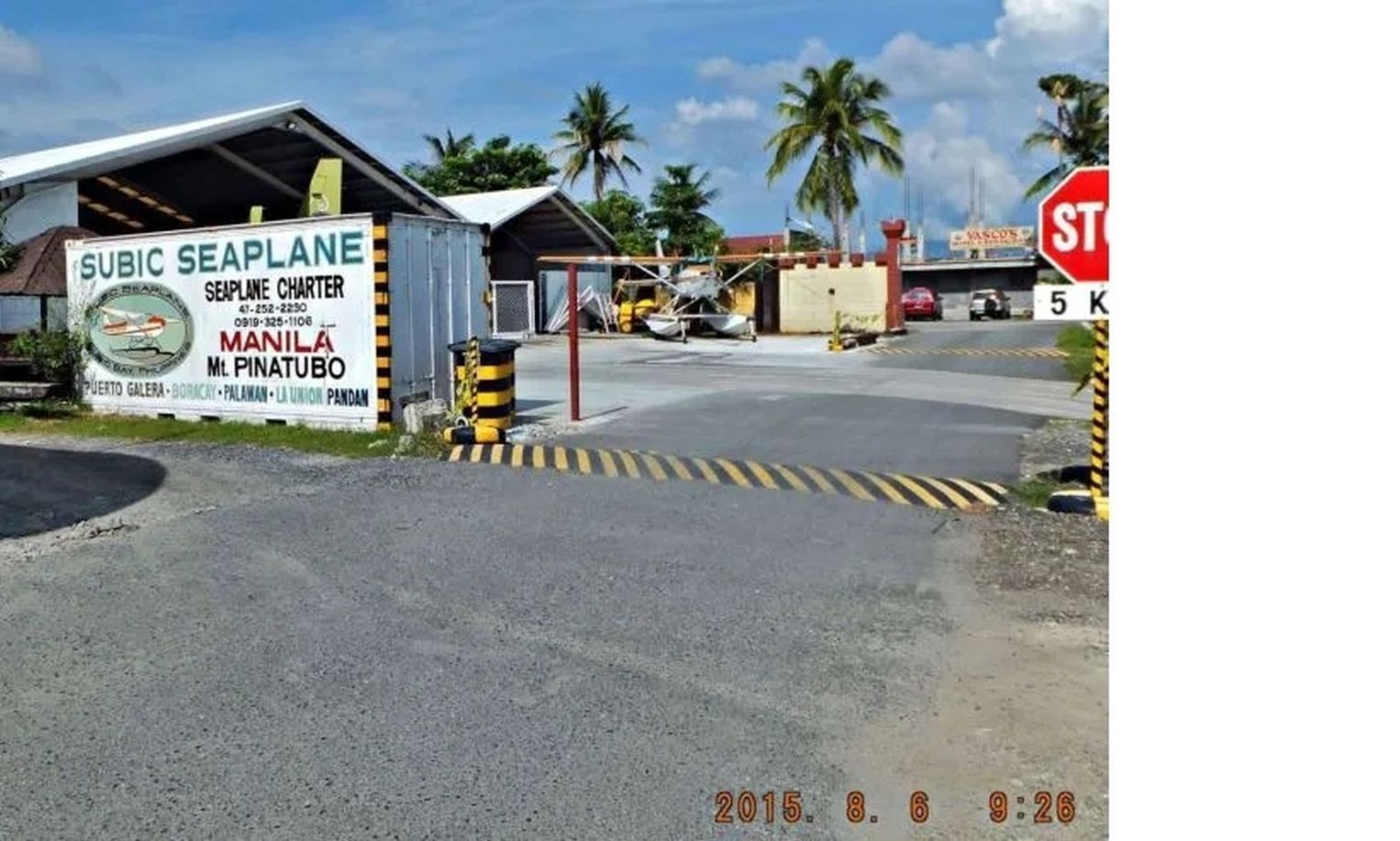
Zf891.Eentrance to Vasco’s and the floating plane building. This floating plane organization was run by a retired Navy Aviation man. Vasco and Magellan Restaurant, Bar and Inn are famous, very popular and are run by well known Australian and sit exactly on the old concrete pilings of the old Navy Coaling Station.
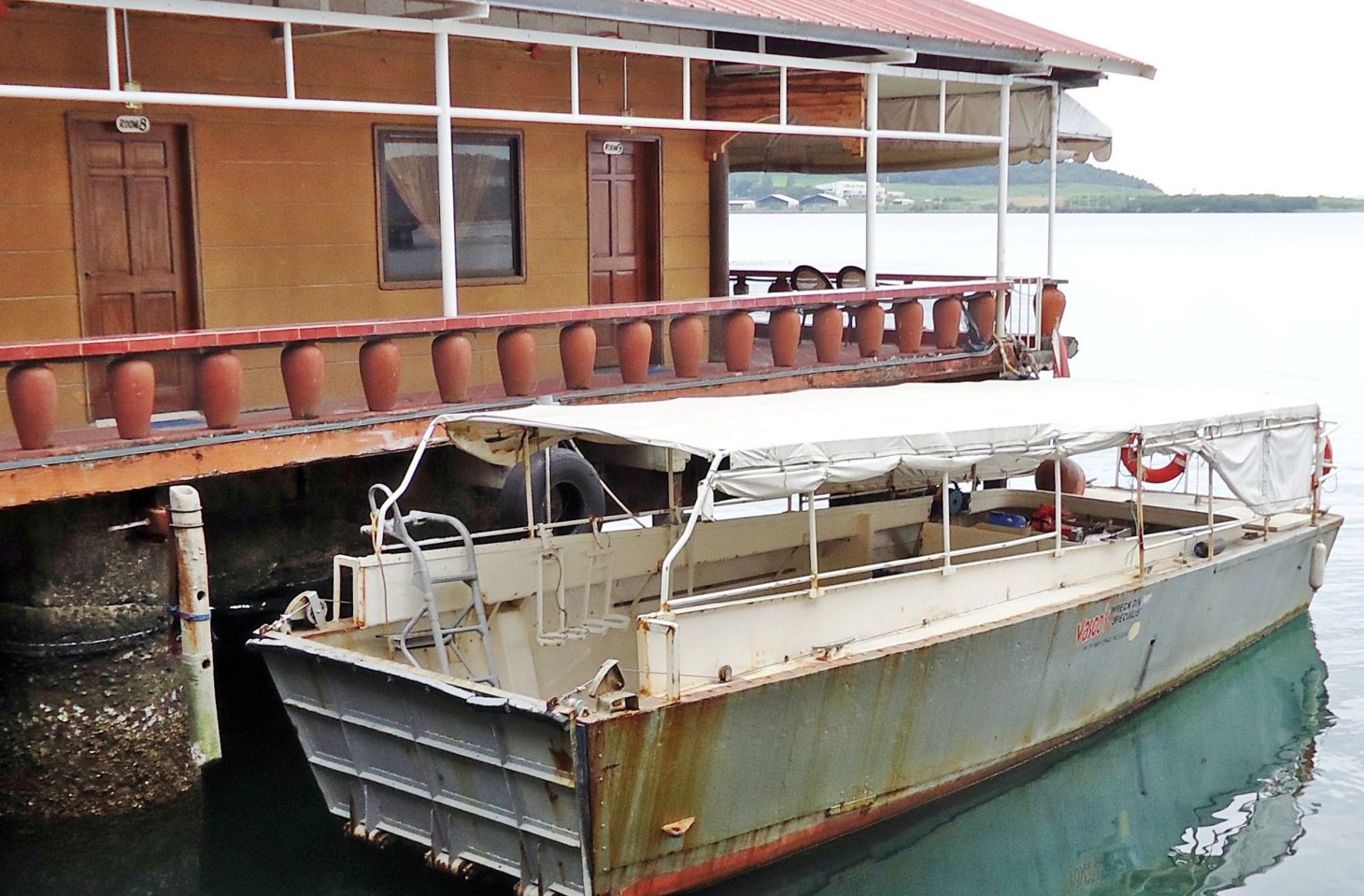
Zf892. This is an old LCVP boat, which stands for Landing Craft Vehicle Personnel, that was my first job in the Navy, driving this type of boat and making beach landings. This boat belongs to Vasco’s.
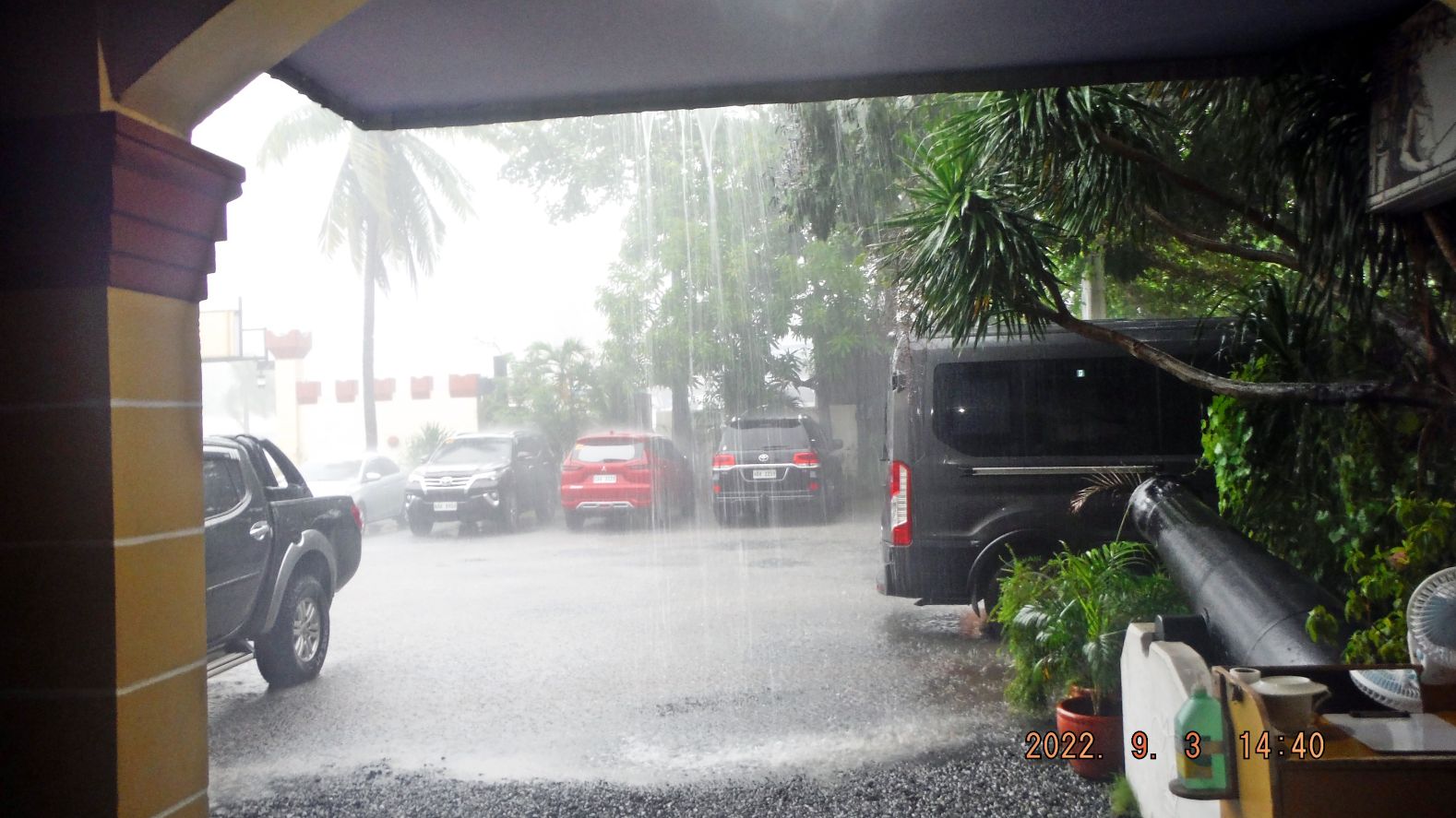
Zf893. This day was a rainy day and at this moment it was raining cats and dogs at the Vasco’s parking area.
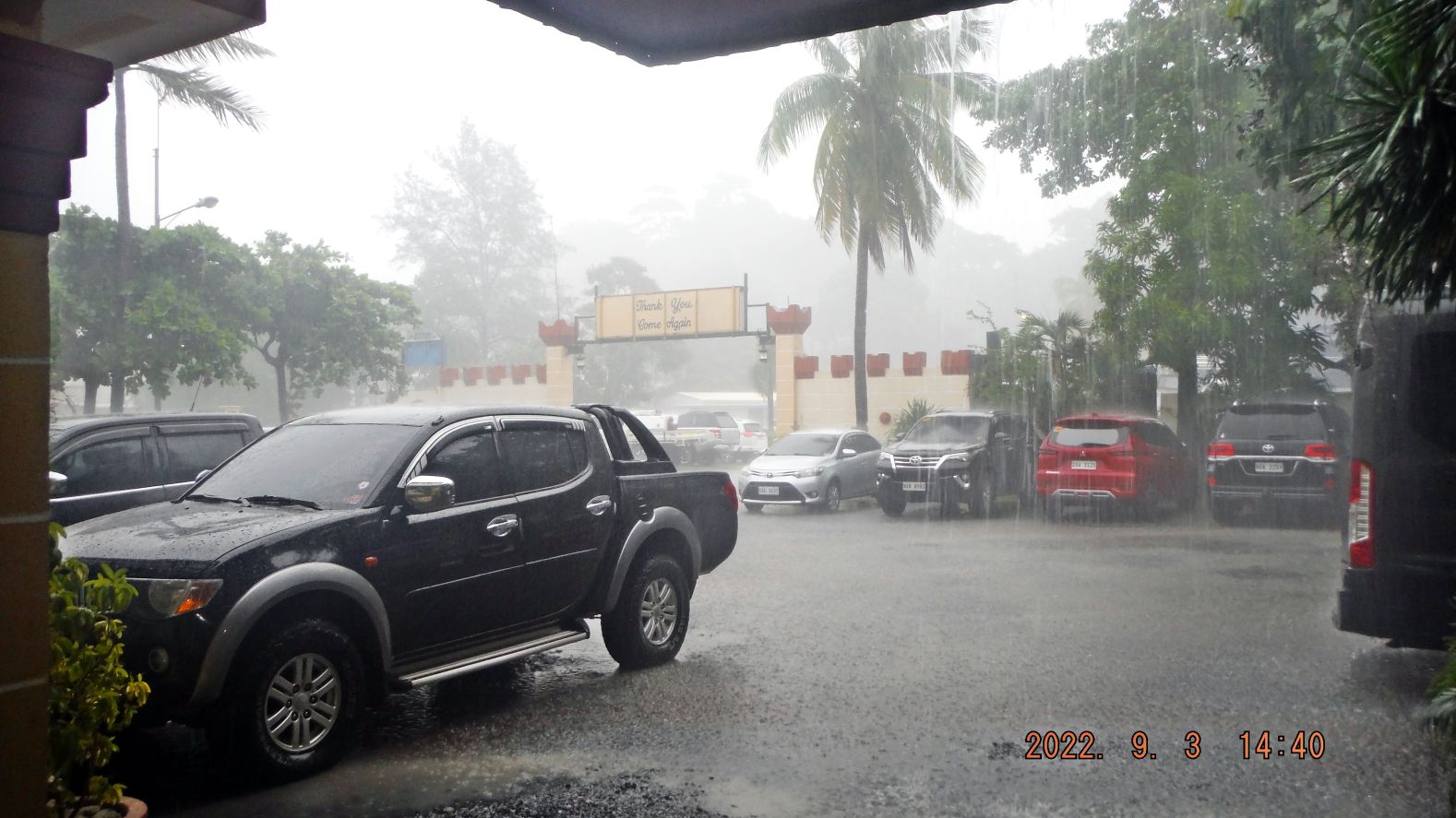
Zf894. This day was a rainy day and at this moment it was raining cats and dogs at the Vasco’s parking area.
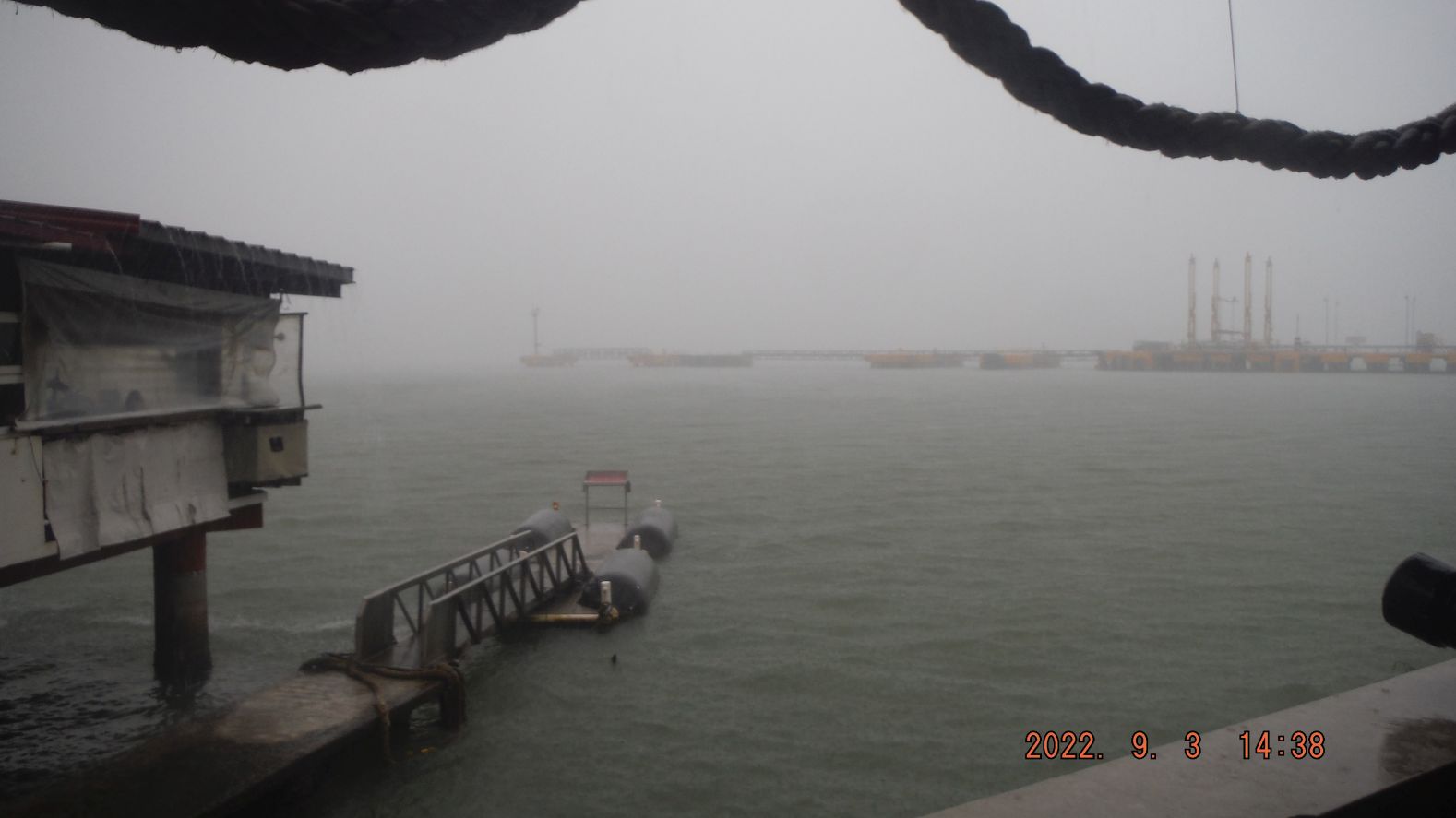
Zf895. This day was a rainy day and at this moment it was raining cats and dogs at the Vasco’s small boat landing.
===============================
These are 8 museum shots from 2011 and they are pretty good, I guess I had a better camera then. These 8 images are numbered Zf896 to Zf903 and this is the 1st section of my 2nd segment of my Vasco’s presentation.
In August 1983, the discovery of a Ming Dynasty Shipwreck by Australian Brian Homan resulted in a joint Maritime Archaeological between the National Museum and the Homan Group.
Some of the items go back to about 1000 AD, so, international trading was going on in these waters before the Arabs and Europeans arrived.
One sample description of these 8 images:
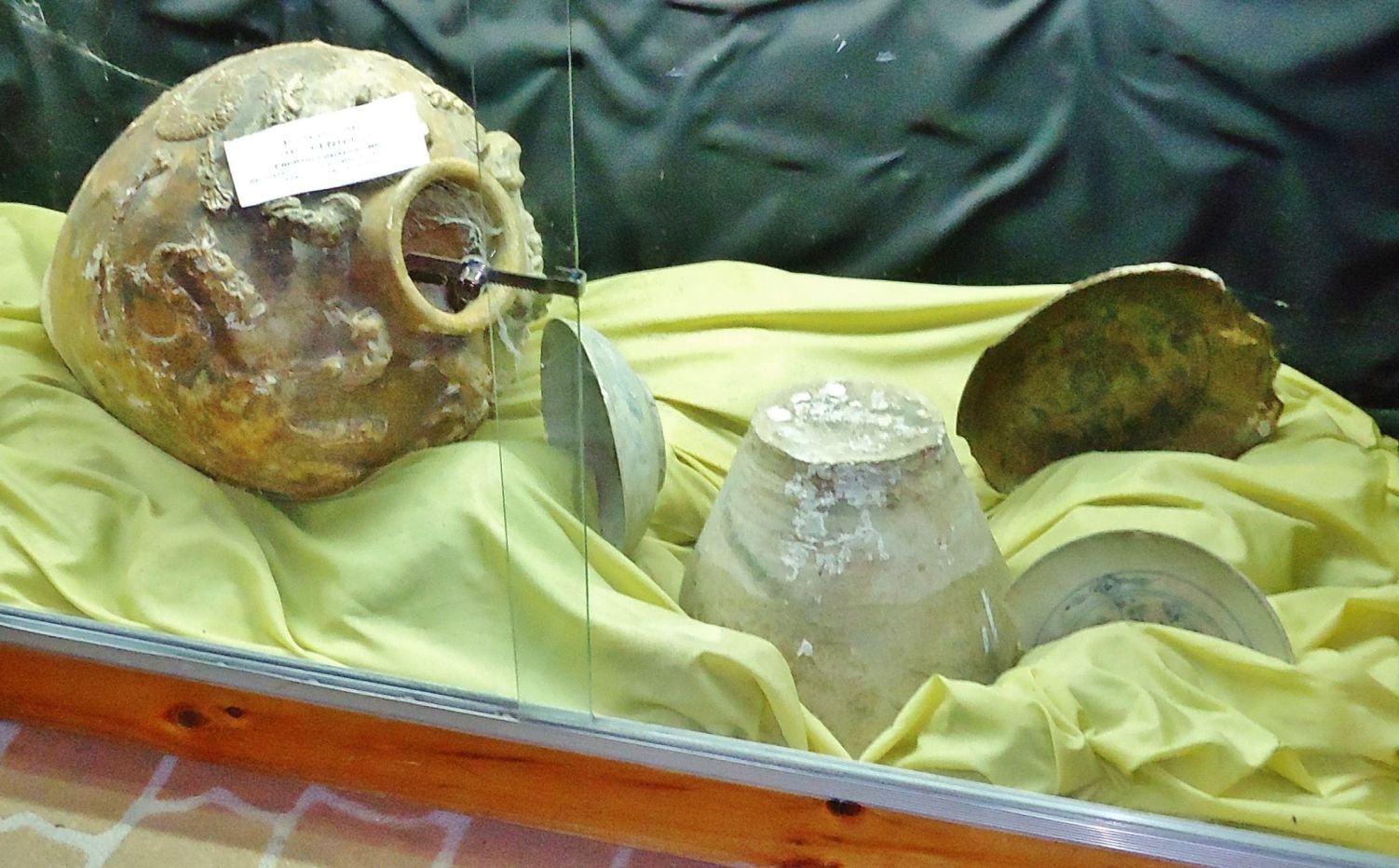
Zf896. This is one of 8 images, shot in 2011, of Maritime Archaeological finds in Philippine waters of ancient Chinese porcelain and other potteries which are kept in the National Museum but these belong to and are kept in the Magellan’s Landing Maritime Museum in Subic Bay.
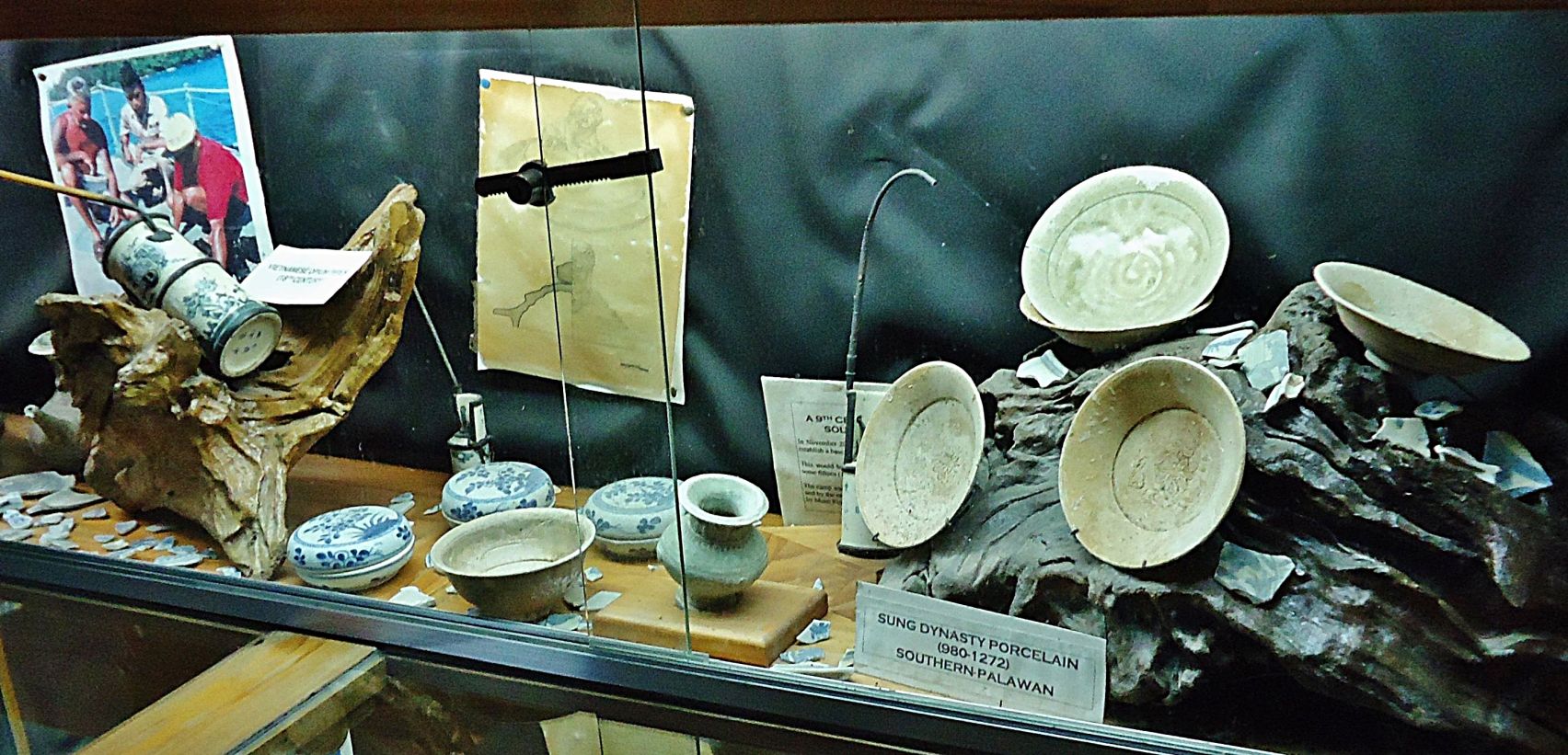
Zf897.
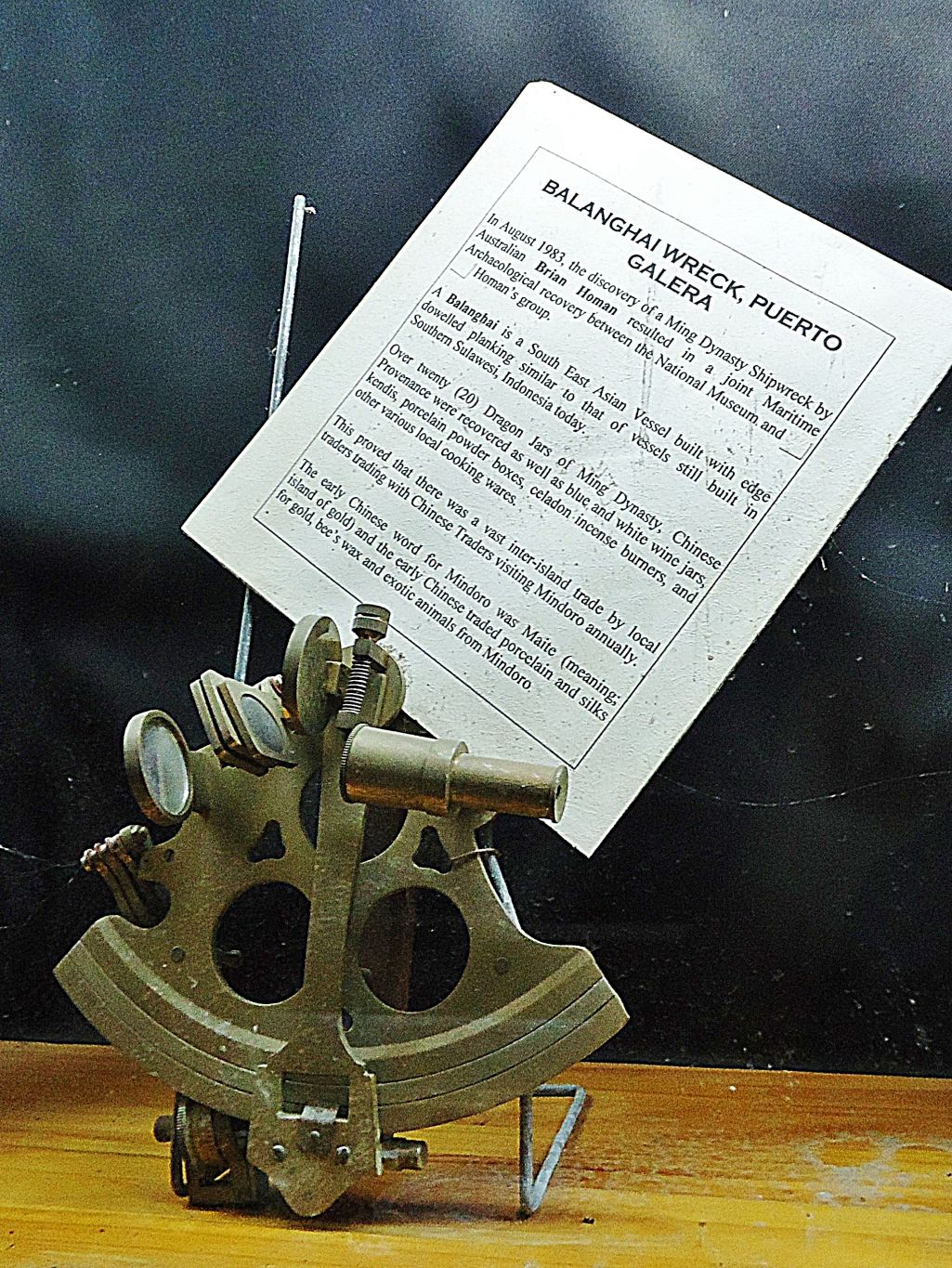
Zf898.
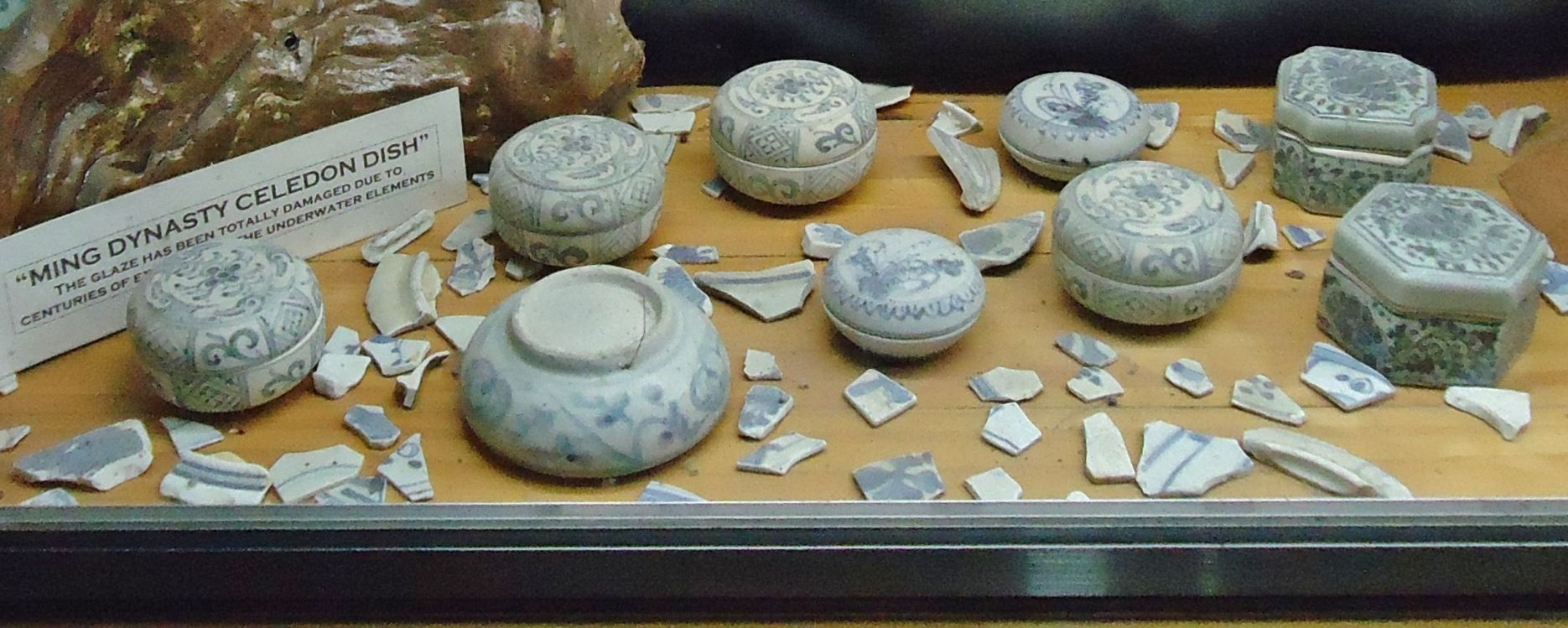
Zf899.
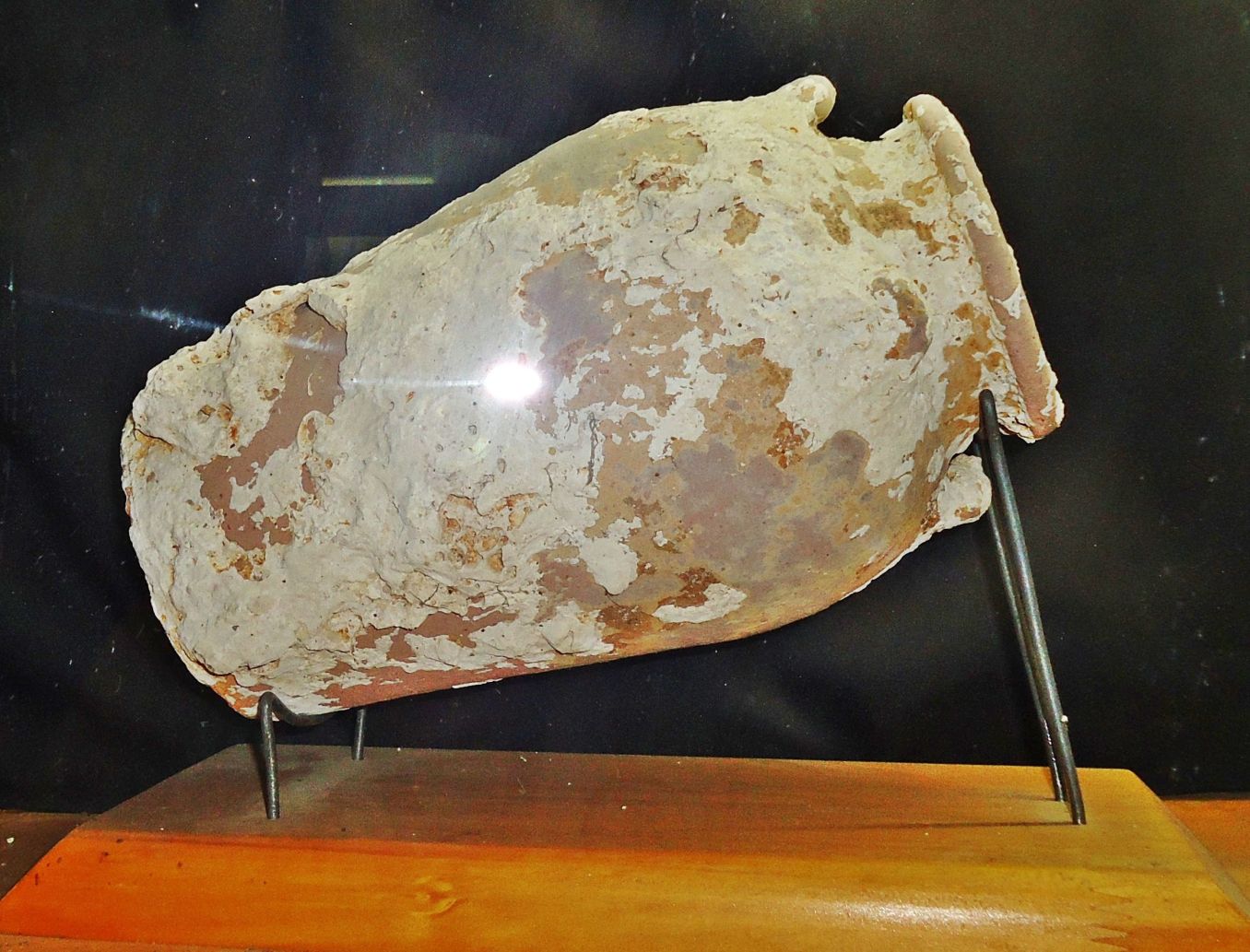
Zf900.
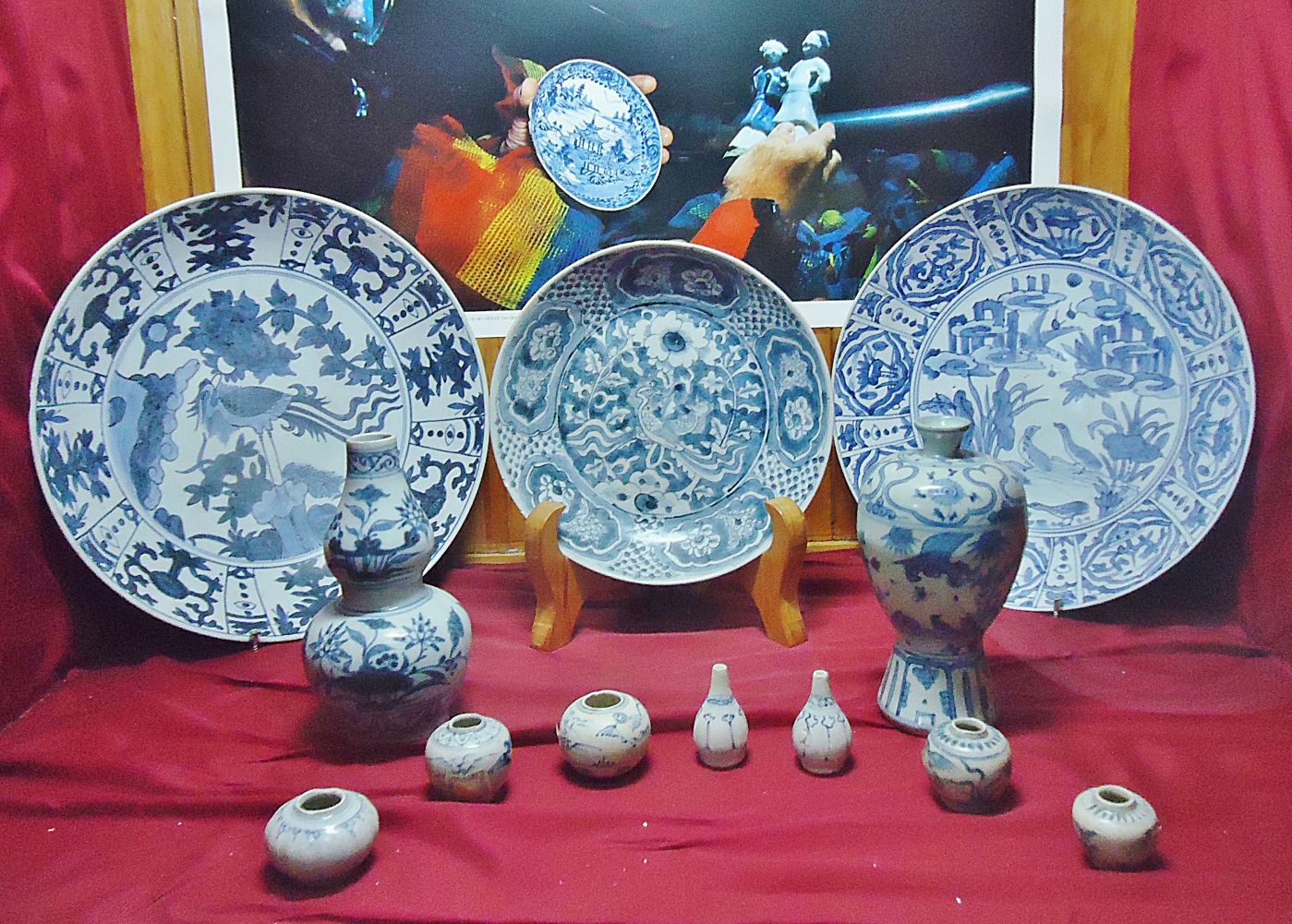
Zf901.
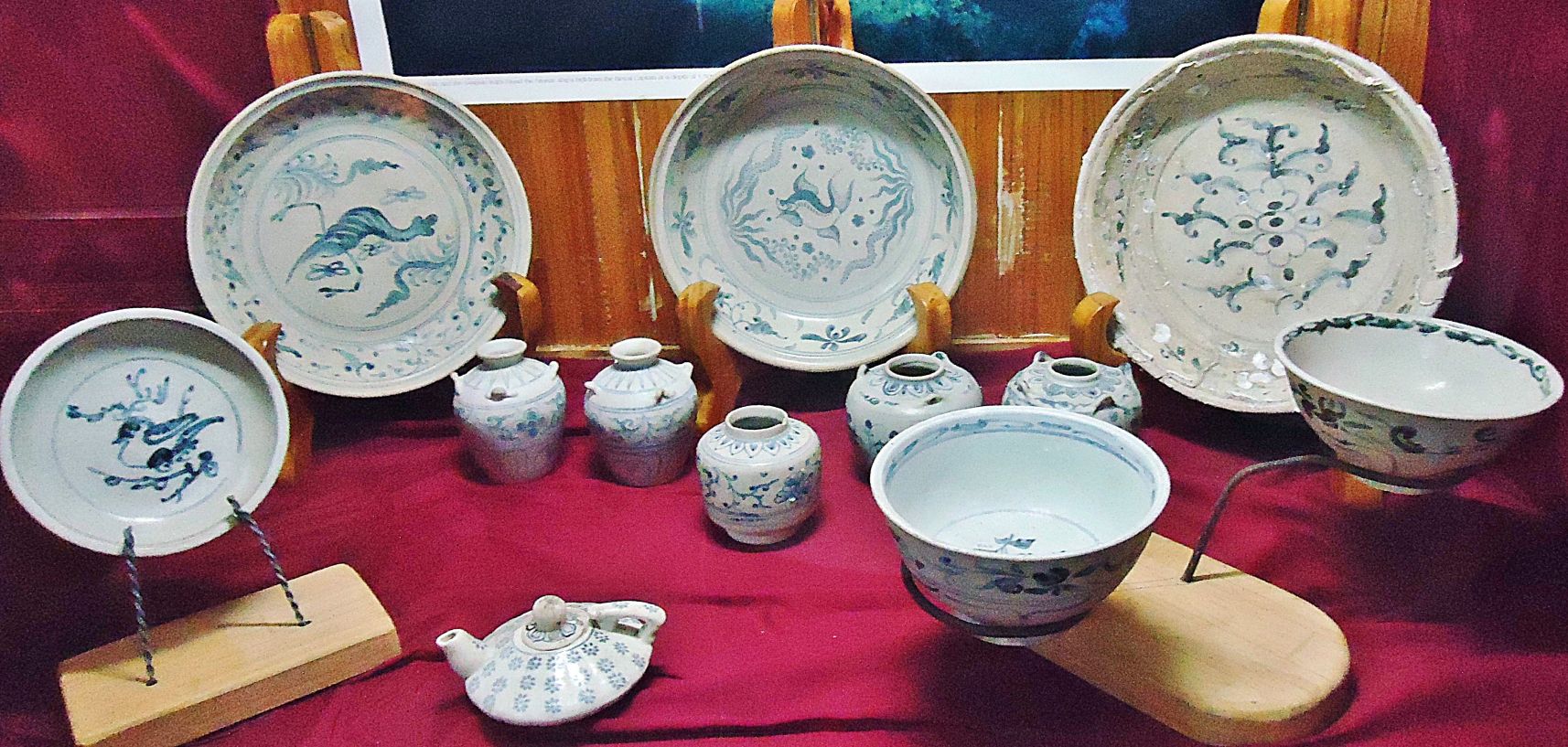
Zf902.
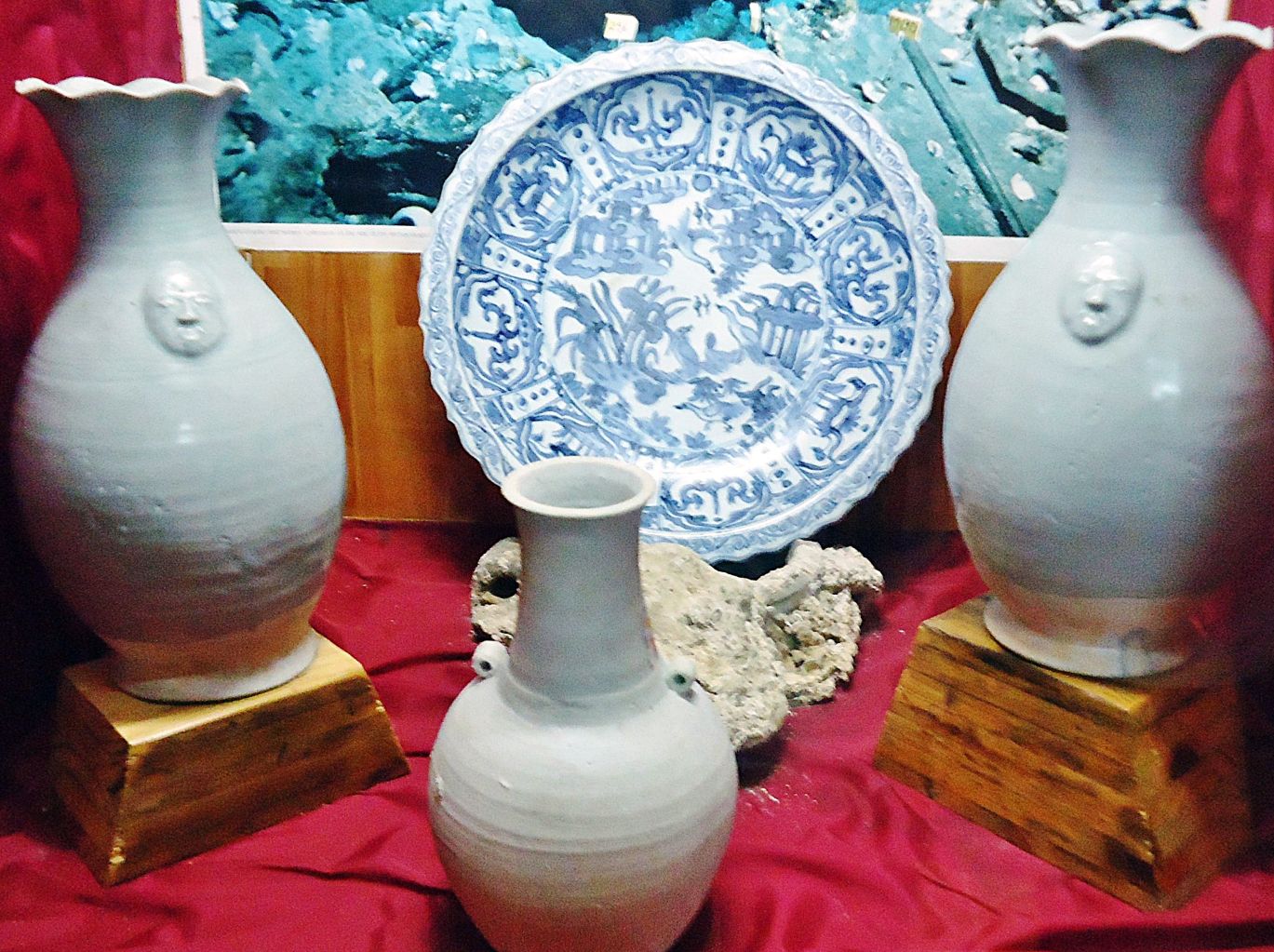
Zf903
================================
NAVAL STATION OLONGAPO COALING WHARF AREA
Yes that was the name before the war, and way before that the ships and a lot of other things run on coal. Maybe because of the need of coal for the ships, the United States insisted in keeping the Philippine Islands.
These first 3 pictures were sent to me by my Shipmate Bert Caloud, who said this: “Hi Karl. Hey these are pretty cool … taken by a guy on the USS Idaho (BB-42) it’s the early photos of Olongapo Navy Yard. I don’t have an exact date best guess is between 1920 and 1925. Best Regards”.
This place only can be the Coaling Wharf. The very heavy concrete pilings are still in place and the Vasco Restaurant, Bar & Museum sits on them.
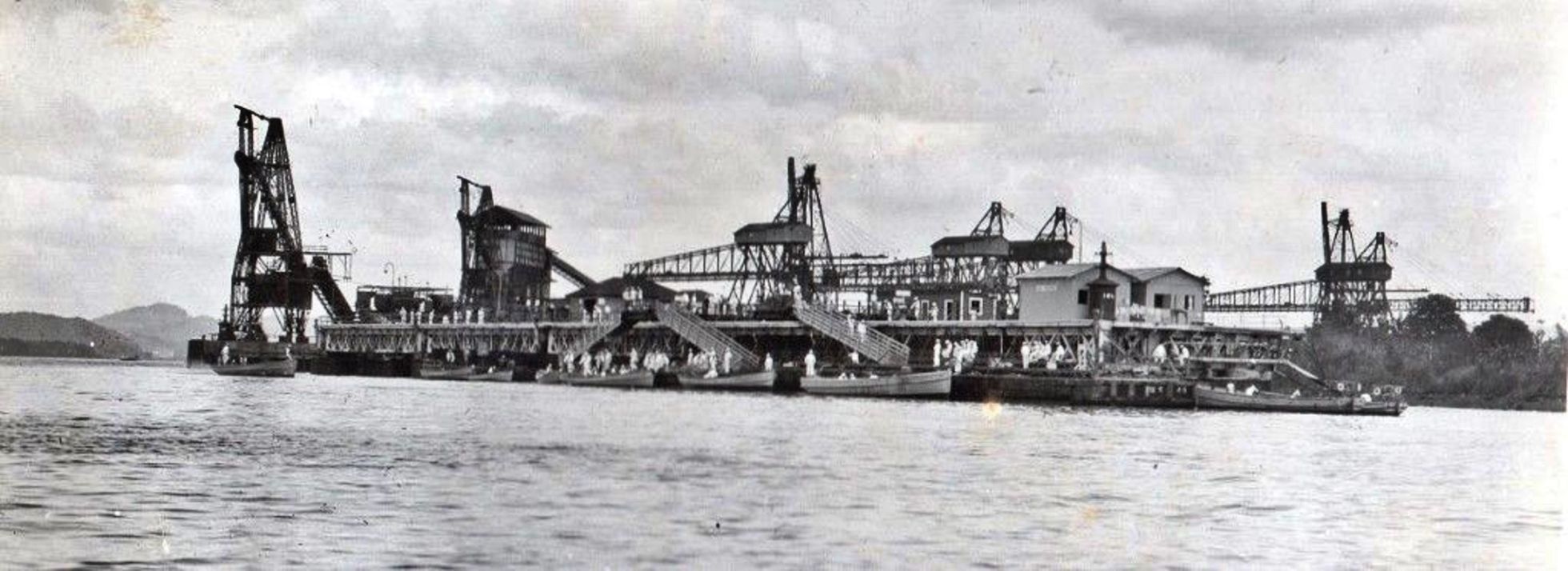
Zf904. These 3 pictures came from a Sailor on the USS Idaho and it said they are from Olongapo. This place only can be the Coaling Wharf. The very heavy concrete pilings are still in place and the Vasco Restaurant, Bar & Museum sits on them.
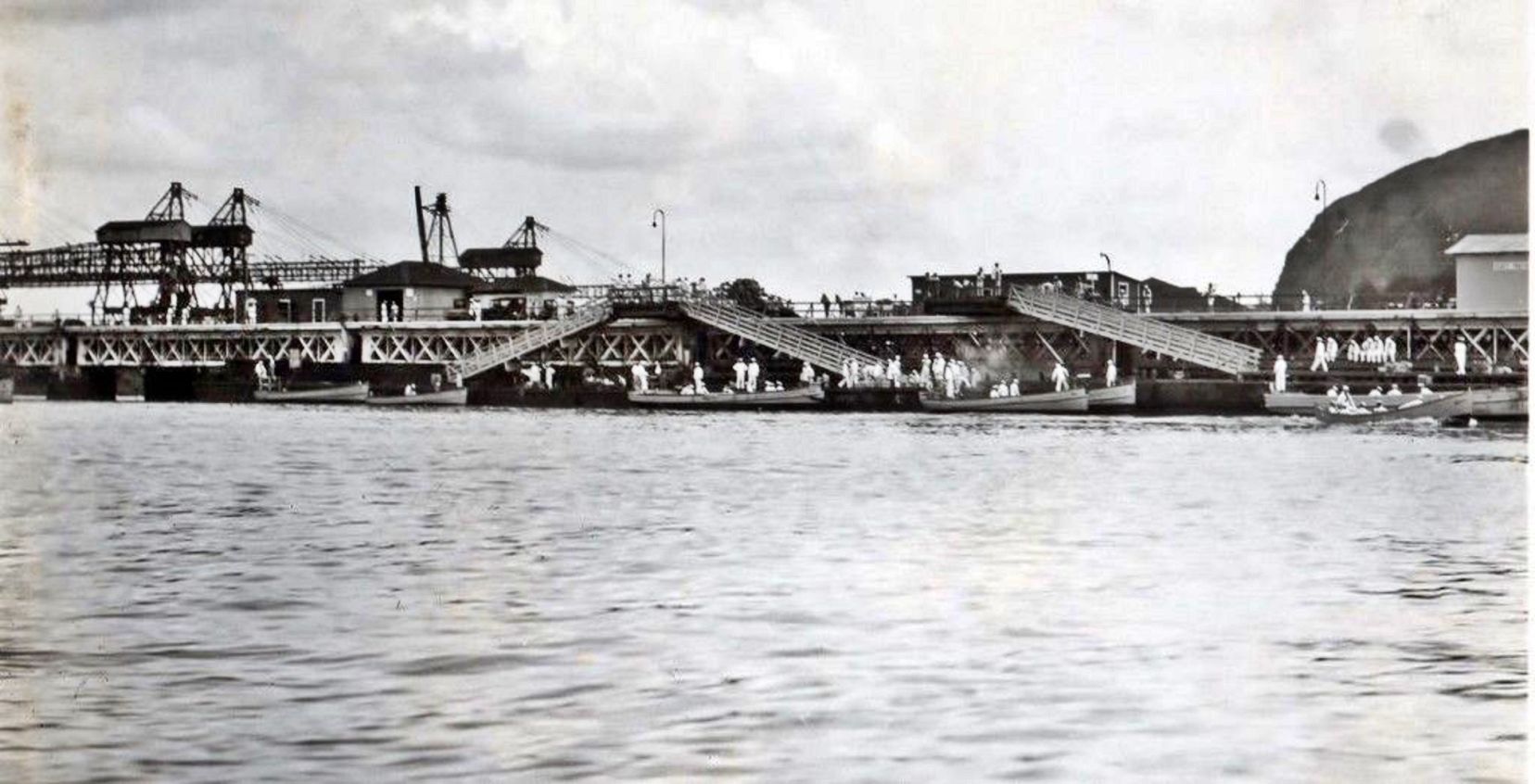
Zf905. These 3 pictures came from a Sailor on the USS Idaho and it said they are from Olongapo. This place only can be the Coaling Wharf.
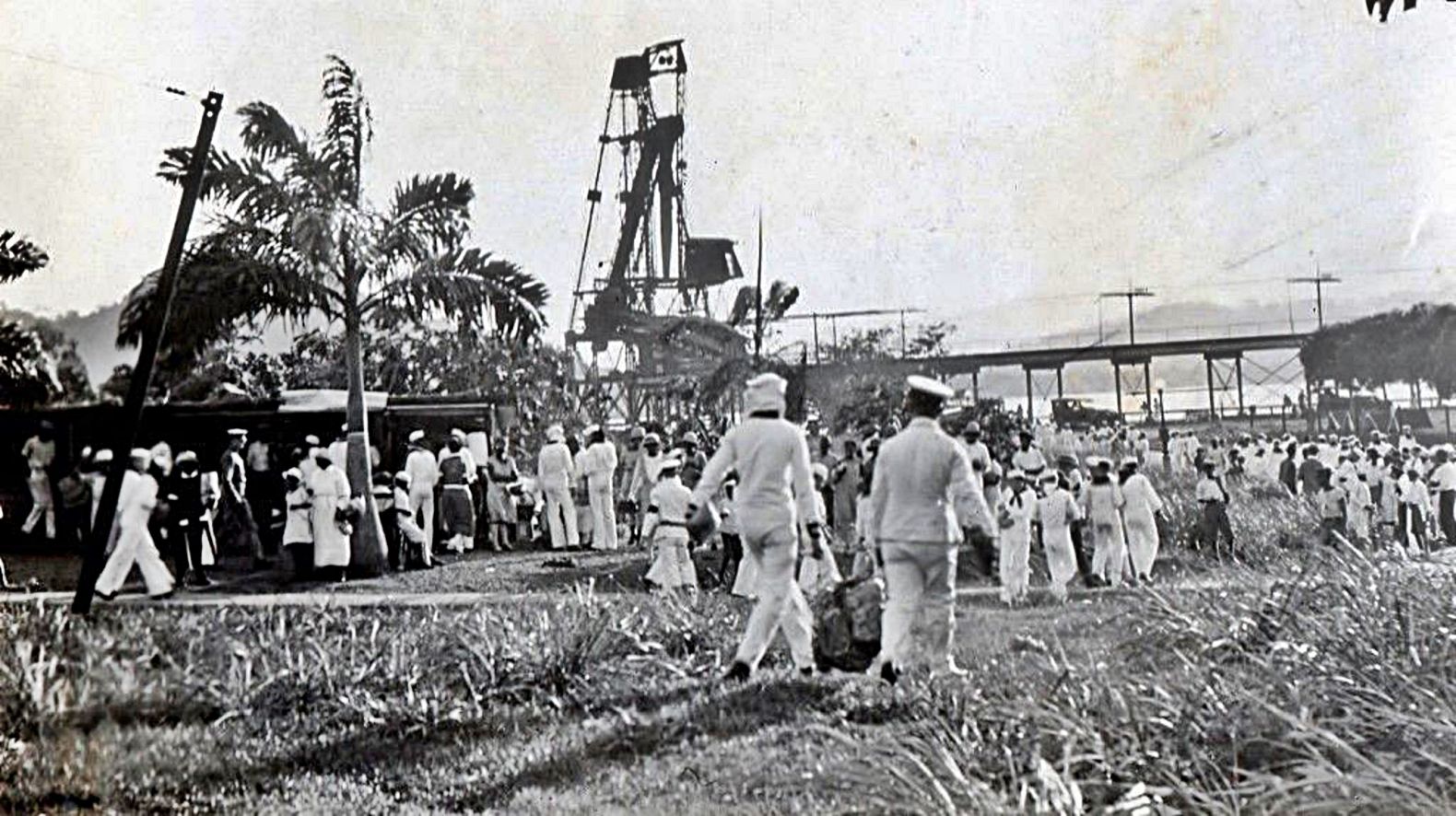
Zf906. These 3 pictures came from a Sailor on the USS Idaho and it said they are from Olongapo. This place only can be the Coaling Wharf.
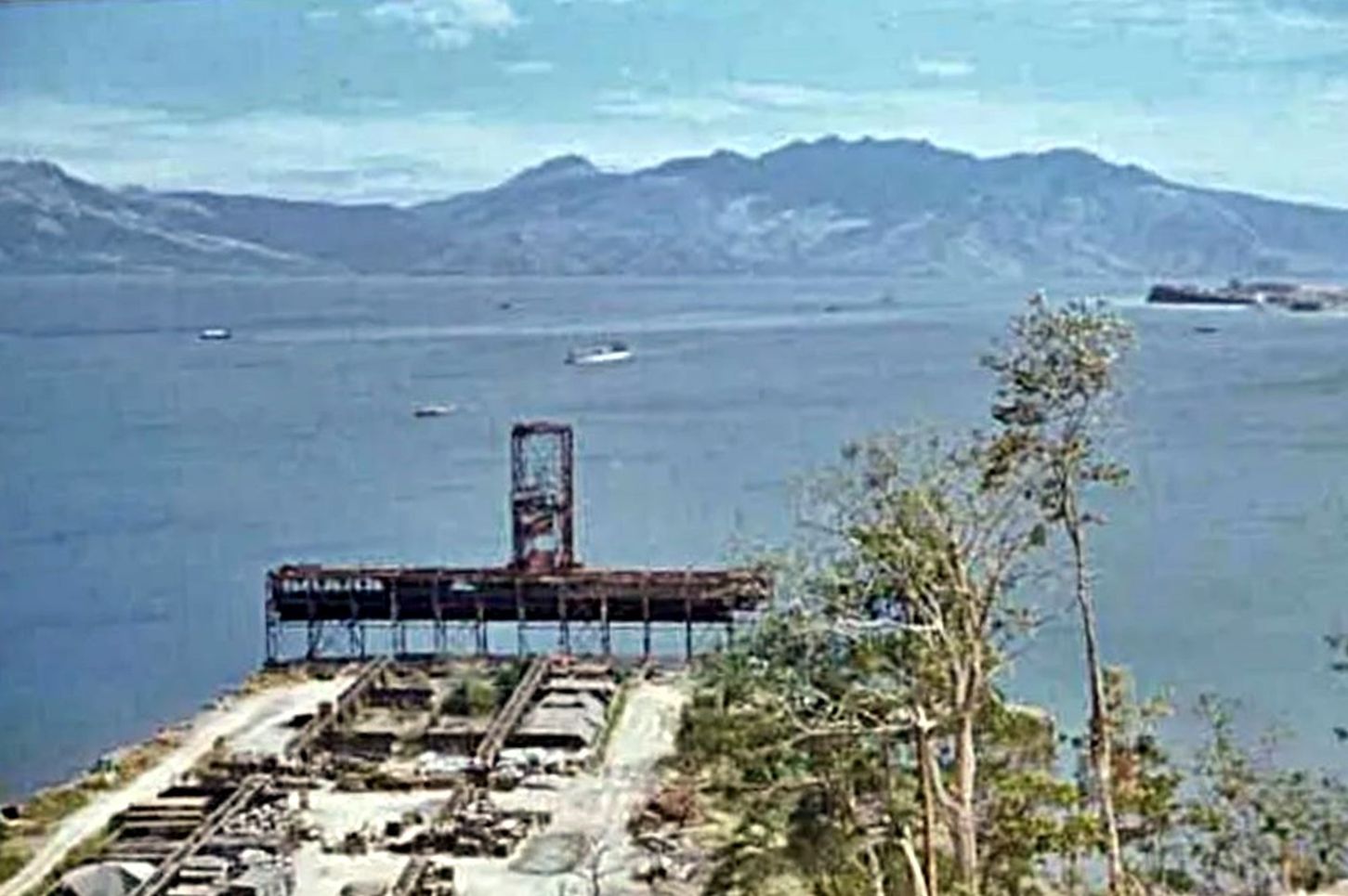
Zf907. I forgot where I got this picture from but it shows the Olongapo Naval Station Coaling Wharf. But I have no idea when it was shot.
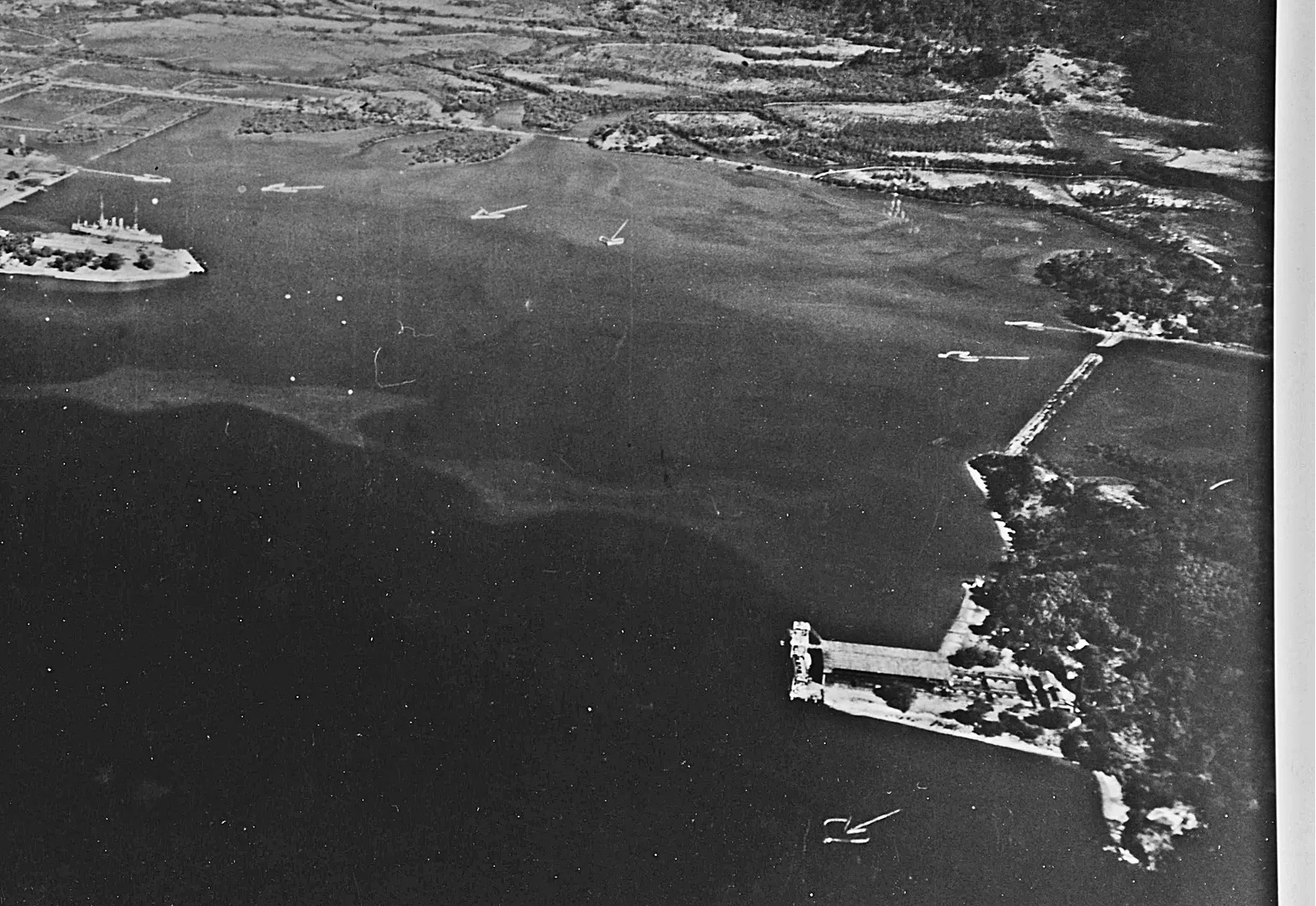
Zf908. This is a 1940 picture from the Naval Historic Heritage Command; it is cropped by me to just show the area of the Coaling Wharf. Maybe it was used now as an oil fuelling wharf. Notice the Concrete bins are still there.
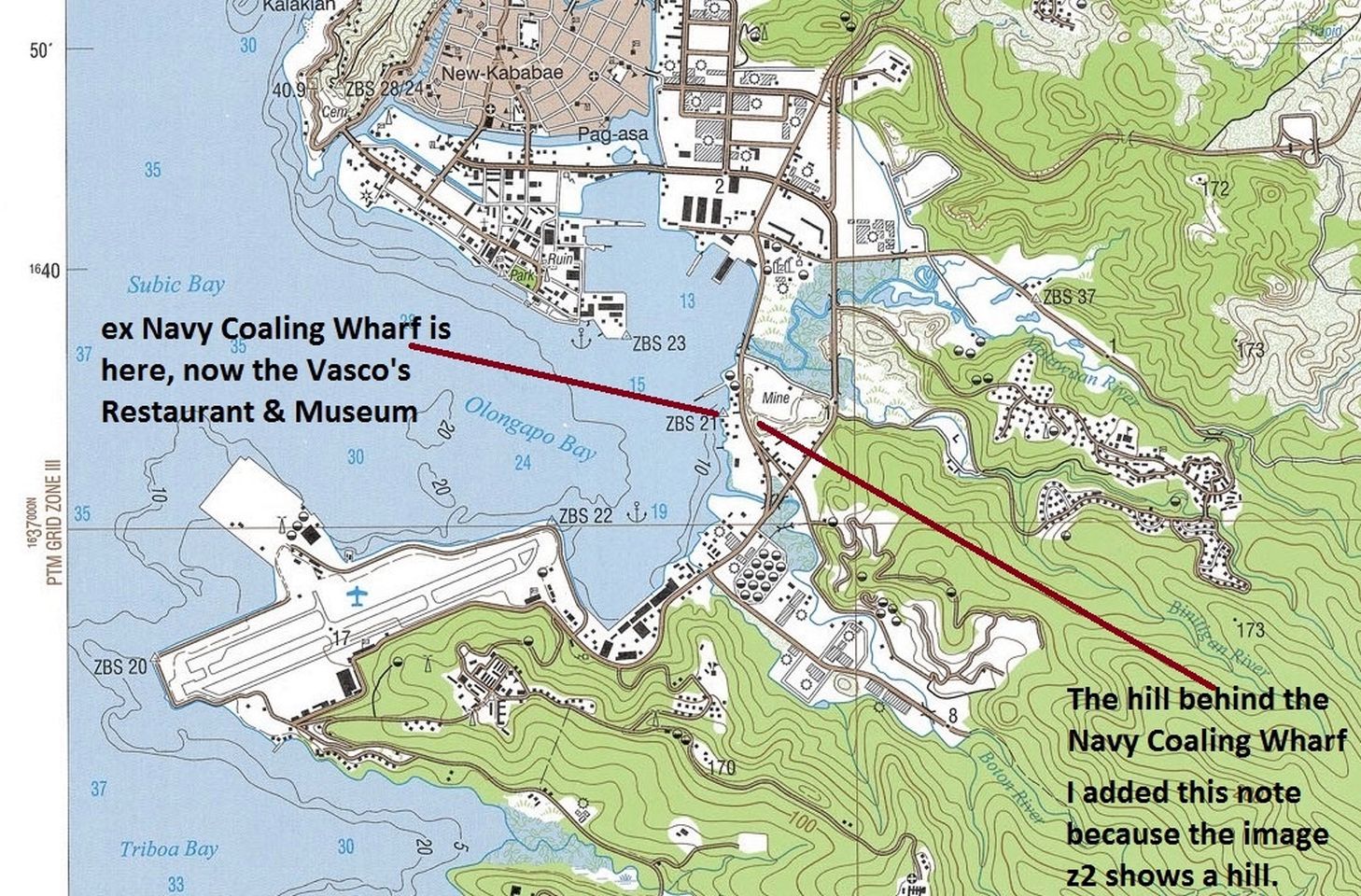
Zf909. This is actually an updated map, where it says “Mine” that was a hill that got trucked away as fill for the new Container Port.
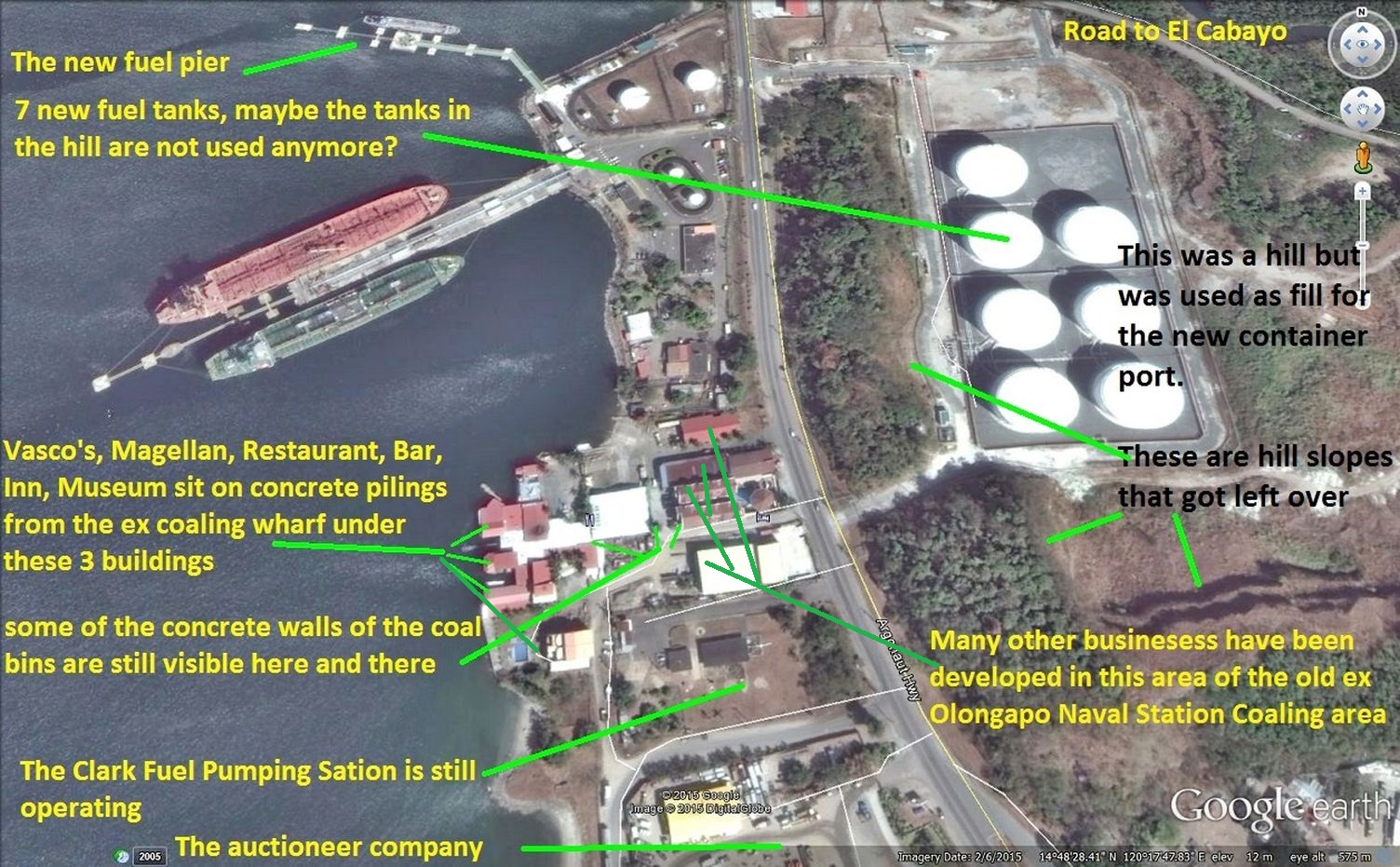
Zf910. This Google Earth image is really up to date and it shows the left-over edges of the hill trucked away as fill and the 7 new fuel tanks that took the hills place and it shows the new extra fuel pier.
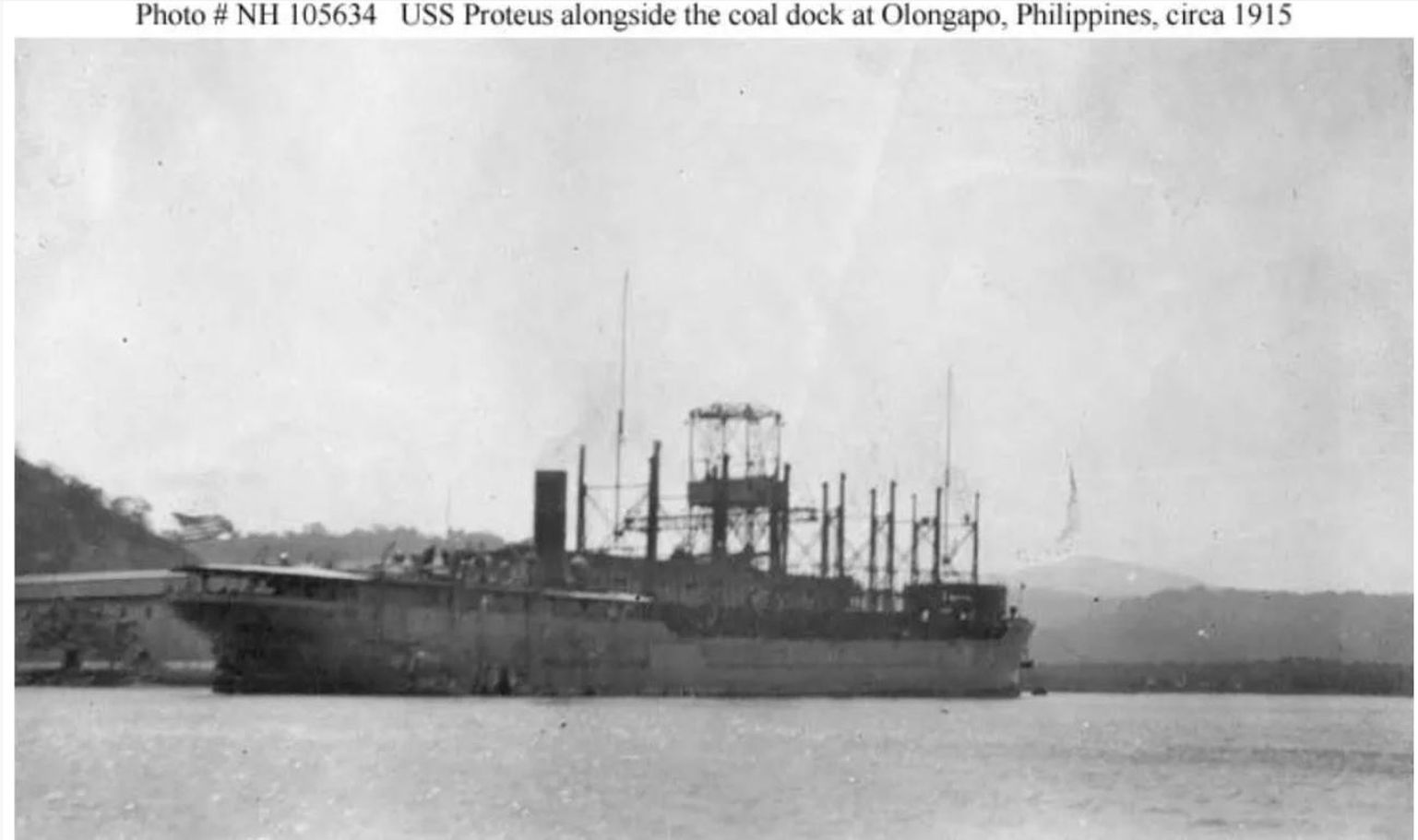
Zf911. USS Proteus alongside the Coal Dock in Olongapo circa 1915; this is a picture from the Naval Historic Heritage Command
———————————————-
Four Venue shots to show you the outlay of the Magellan’s Landing Maritime Museum, but they show only one half of the building. Brian Homan decorated it with Murals, replica ancient cannons and he got a large cable laid synthetic line hanging off the wall and overhead in the venue. When you eat at Vasco’s don’t hesitate to ask to see the museum, lights have to be turned on.

Zf912. This is venue image of the Magellan’s Landing Maritime Museum owned by Brian Homan, proprietor of the Vasco’s Restaurant, Bar and Grill, also a Resort and Hotel. These pictures show only one half of the venue.
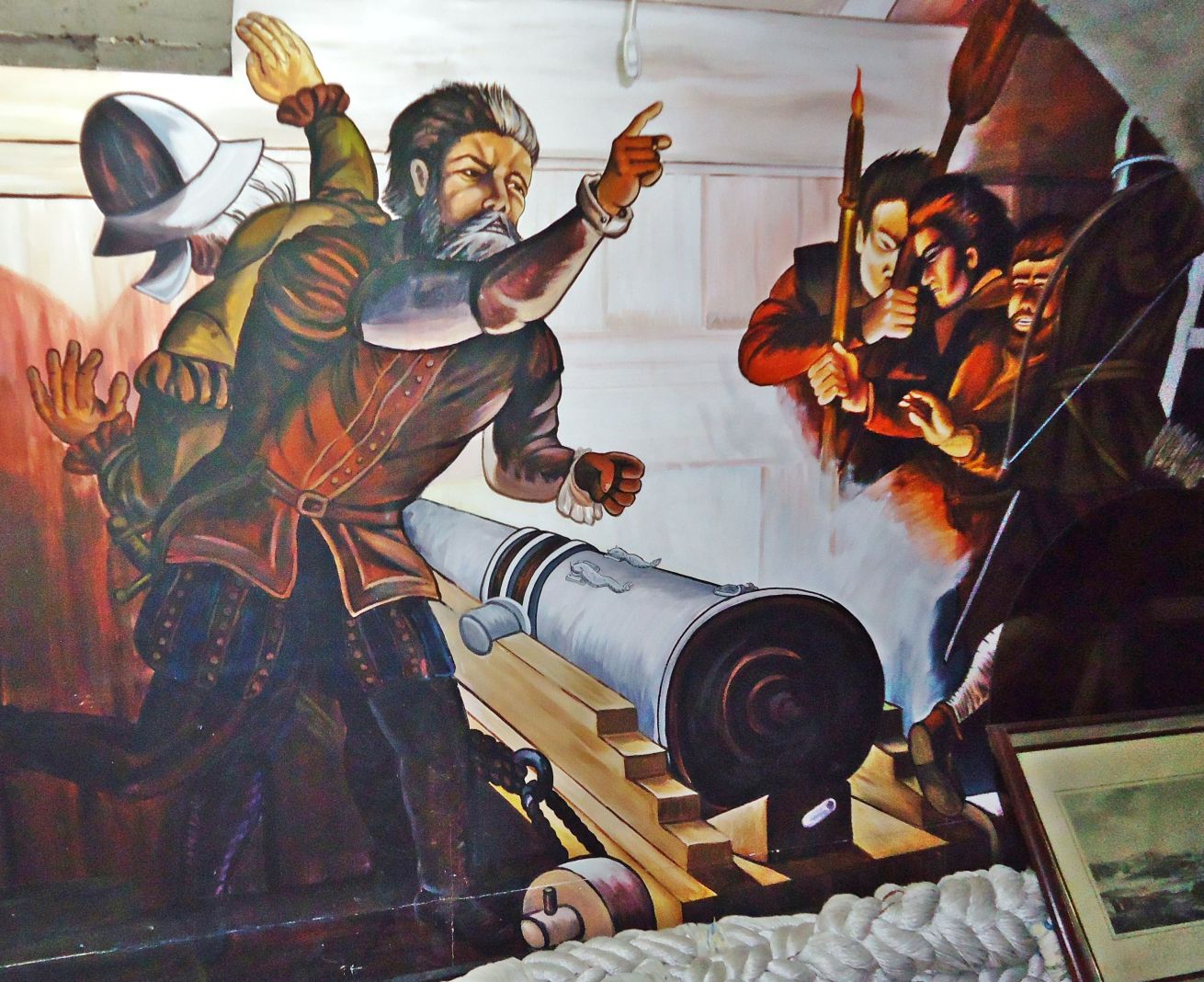
Zf913. This is venue image of the Magellan’s Landing Maritime Museum owned by Brian Homan, proprietor of the Vasco’s Restaurant, Bar and Grill, also a Resort and Hotel. These pictures show only one half of the venue.
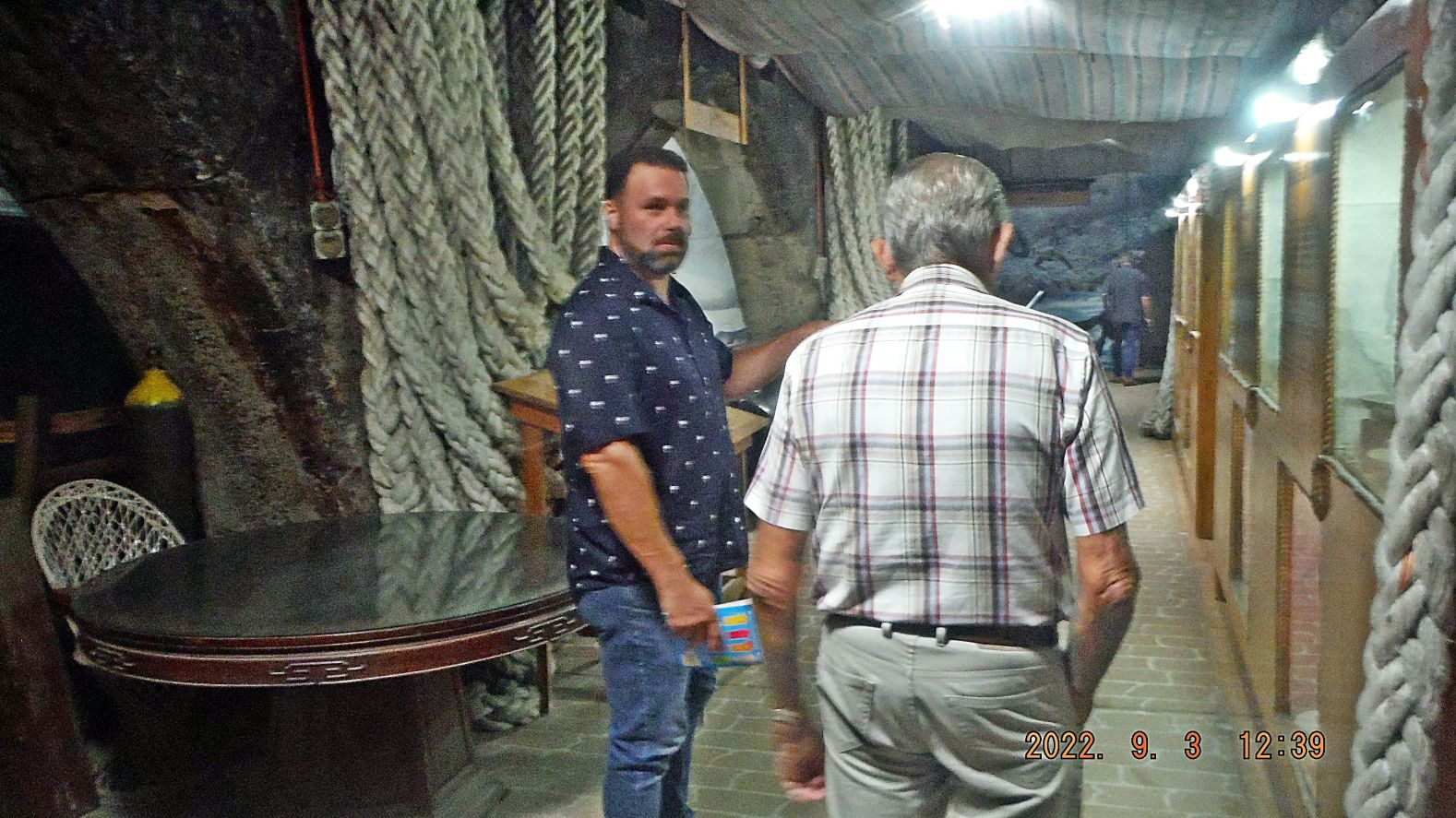
Zf914. This is venue image of the Magellan’s Landing Maritime Museum owned by Brian Homan, proprietor of the Vasco’s Restaurant, Bar and Grill, also a Resort and Hotel. These pictures show only one half of the venue.
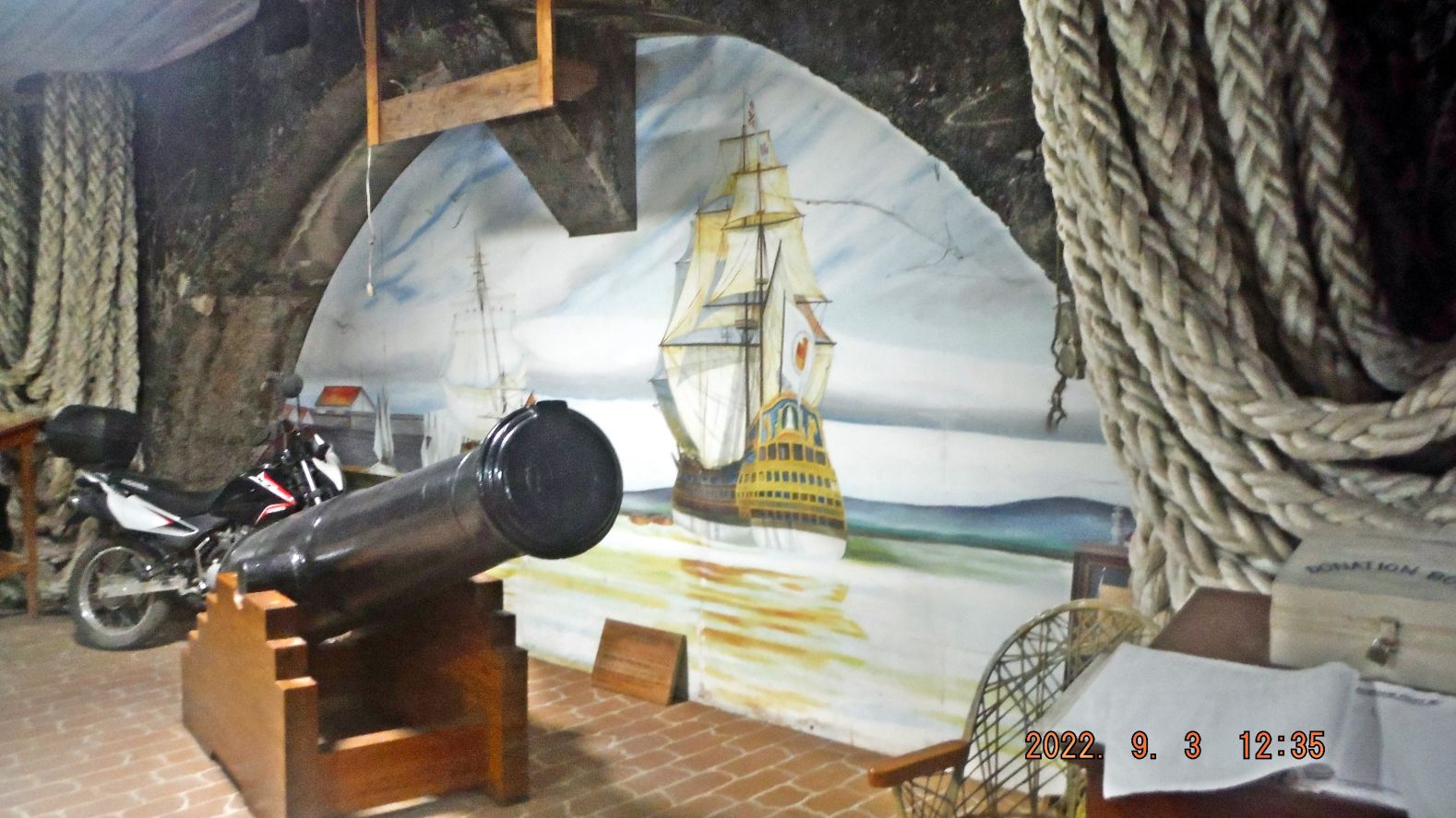
Zf915. This is venue image of the Magellan’s Landing Maritime Museum owned by Brian Homan, proprietor of the Vasco’s Restaurant, Bar and Grill, also a Resort and Hotel. These pictures show only one half of the venue.
———————————————-
These are 8 images from the Magellan’s Landing Maritime Museum depicting in writing the Across the Seas Trade to and from the Philippine Islands.
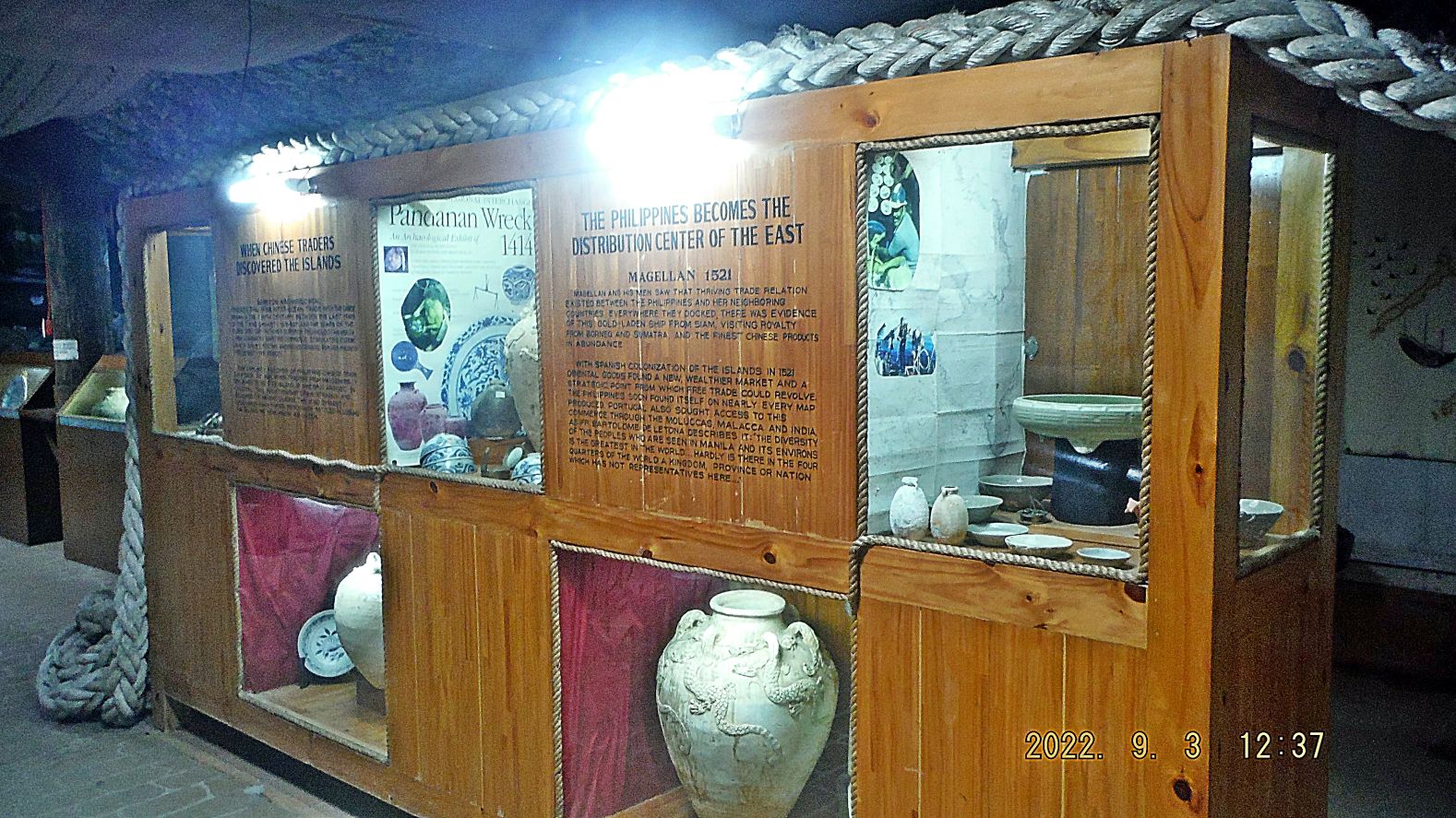
Zf916. This is a written display of the trade history between the Philippine Island and its neighbors which China was the most important one. This is an image of the Magellan’s Landing Maritime Museum owned by Brian Homan, proprietor of the Vasco’s Restaurant, Bar and Grill, also a Resort and Hotel.

Zf917. This is a written display of the trade history between the Philippine Island and its neighbors which China was the most important one. This is an image of the Magellan’s Landing Maritime Museum owned by Brian Homan, proprietor of the Vasco’s Restaurant, Bar and Grill, also a Resort and Hotel.
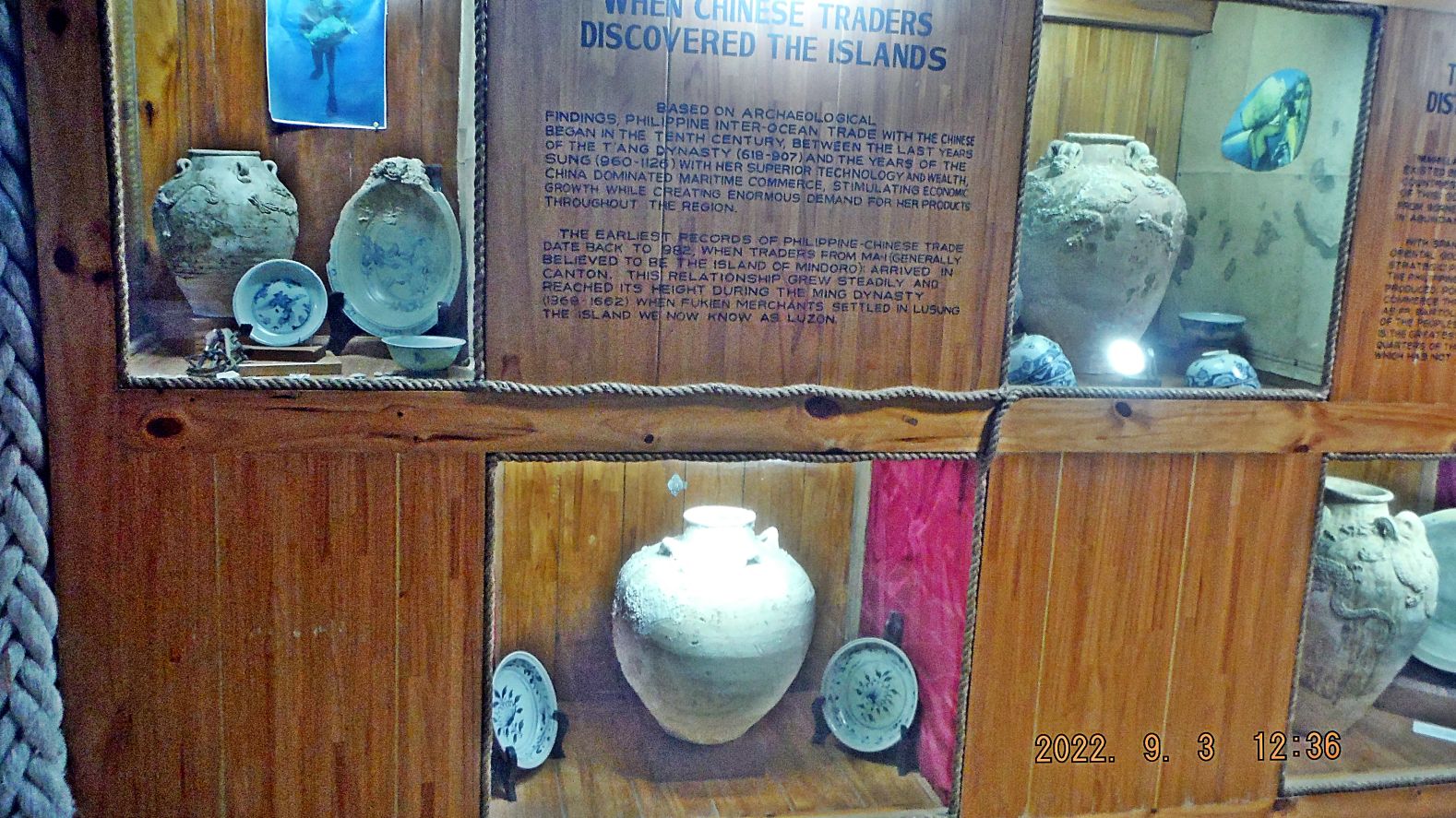
Zf918. This is a written display of the trade history between the Philippine Island and its neighbors which China was the most important one. This is an image of the Magellan’s Landing Maritime Museum owned by Brian Homan, proprietor of the Vasco’s Restaurant, Bar and Grill, also a Resort and Hotel.
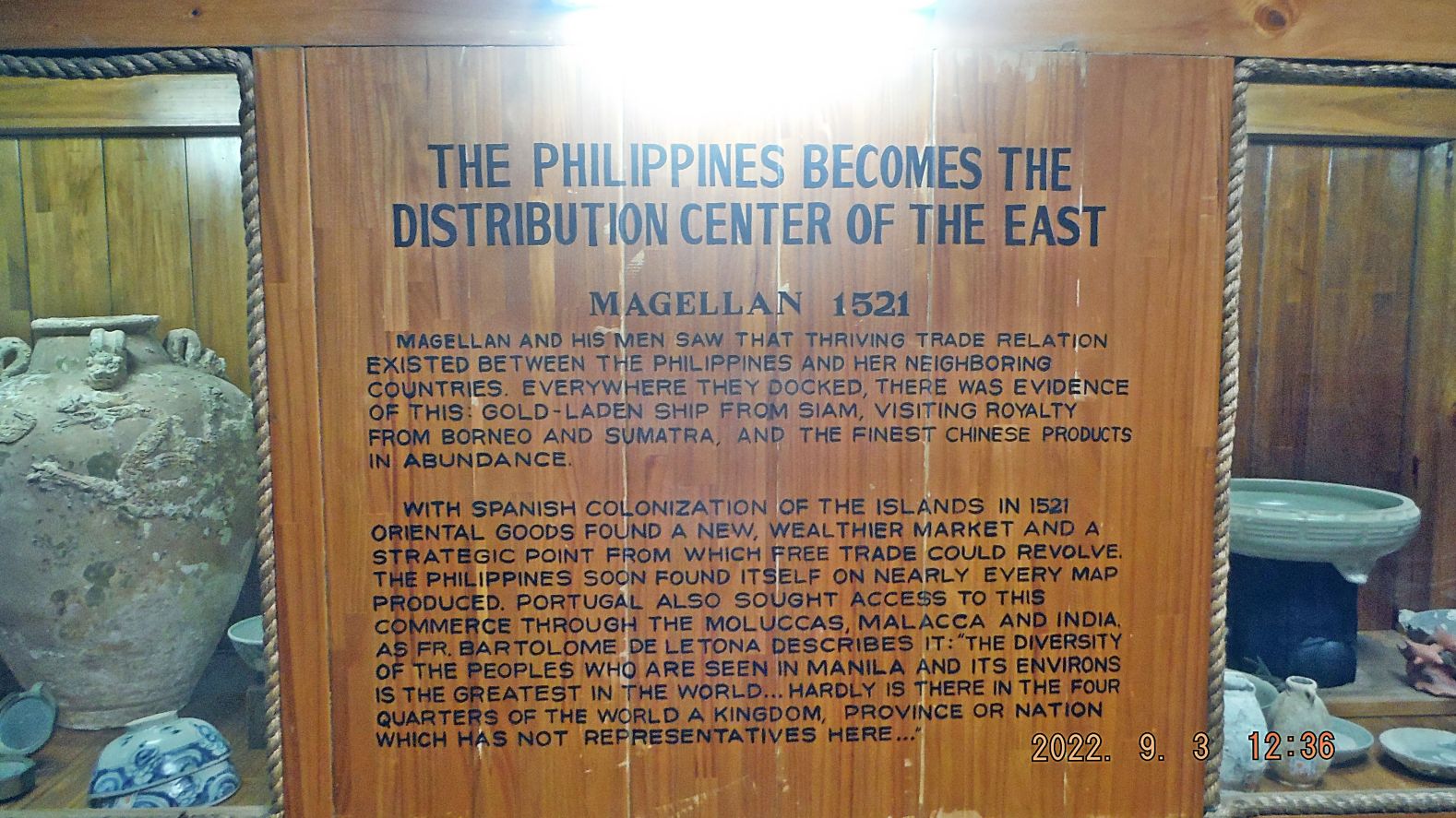
Zf919. This is a written display of the trade history between the Philippine Island and its neighbors which China was the most important one. This is an image of the Magellan’s Landing Maritime Museum owned by Brian Homan, proprietor of the Vasco’s Restaurant, Bar and Grill, also a Resort and Hotel.
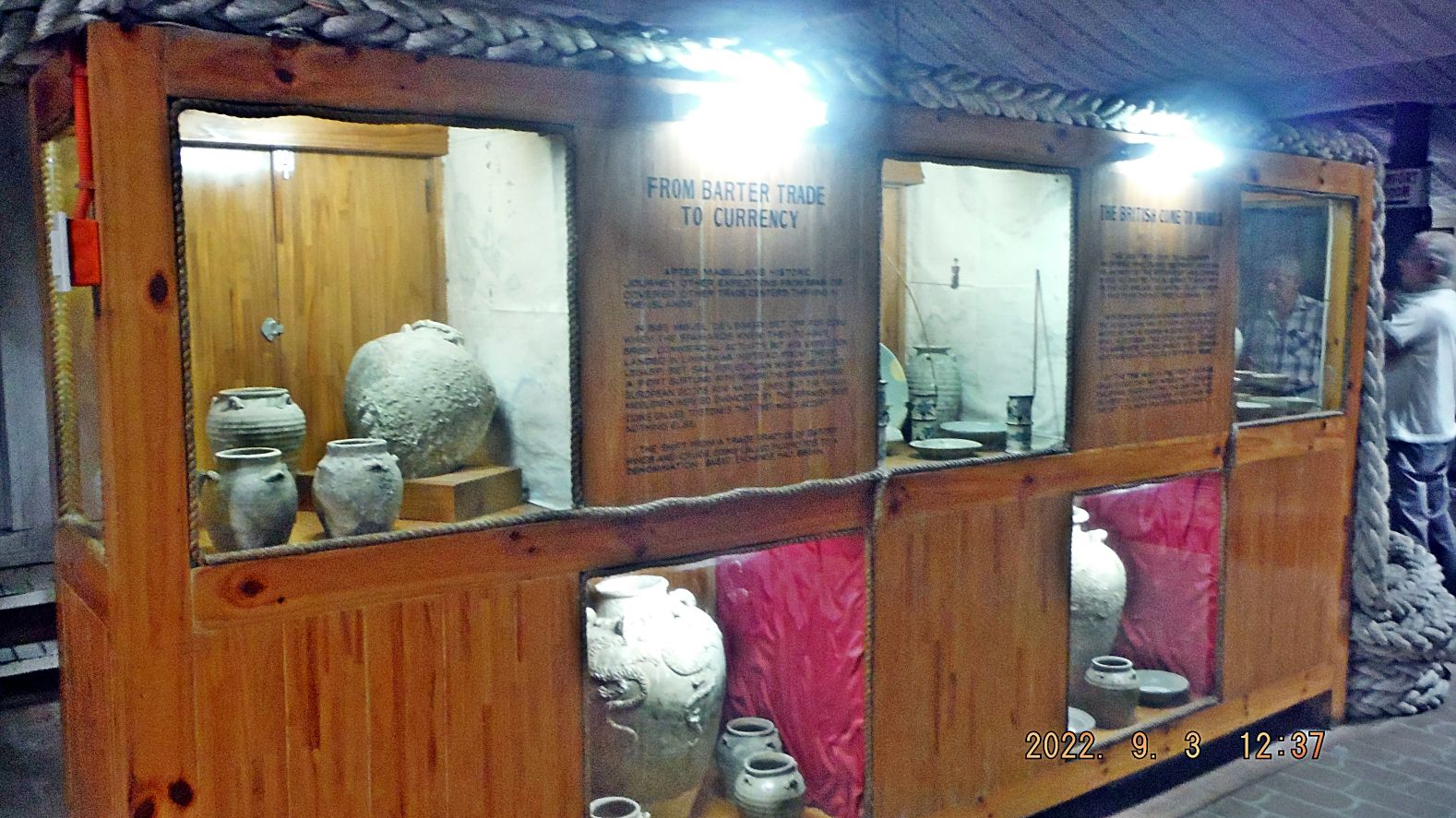
Zf920. This is a written display of the trade history between the Philippine Island and its neighbors which China was the most important one. This is an image of the Magellan’s Landing Maritime Museum owned by Brian Homan, proprietor of the Vasco’s Restaurant, Bar and Grill, also a Resort and Hotel.
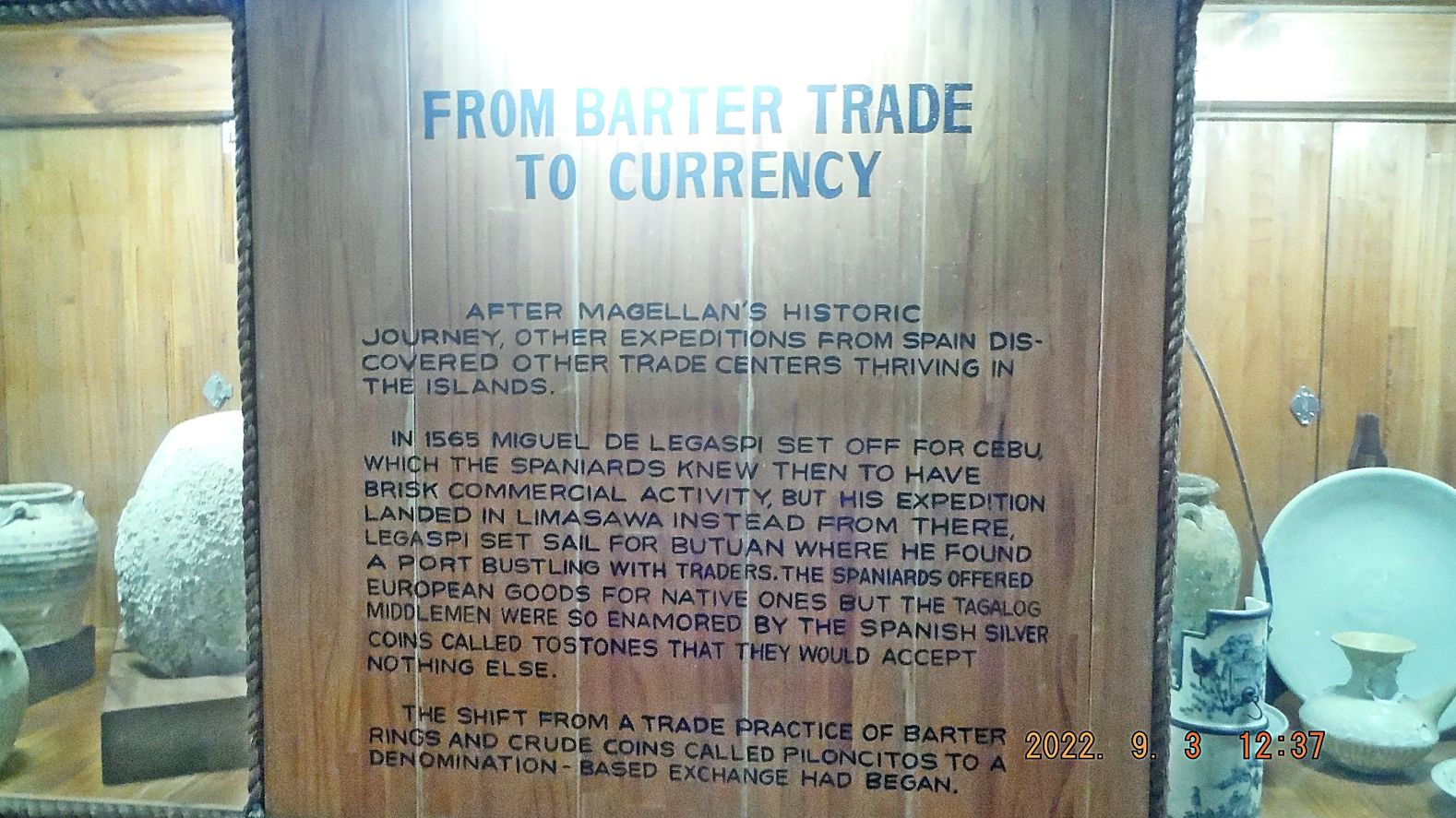
Zf921. This is a written display of the trade history between the Philippine Island and its neighbors which China was the most important one. This is an image of the Magellan’s Landing Maritime Museum owned by Brian Homan, proprietor of the Vasco’s Restaurant, Bar and Grill, also a Resort and Hotel.
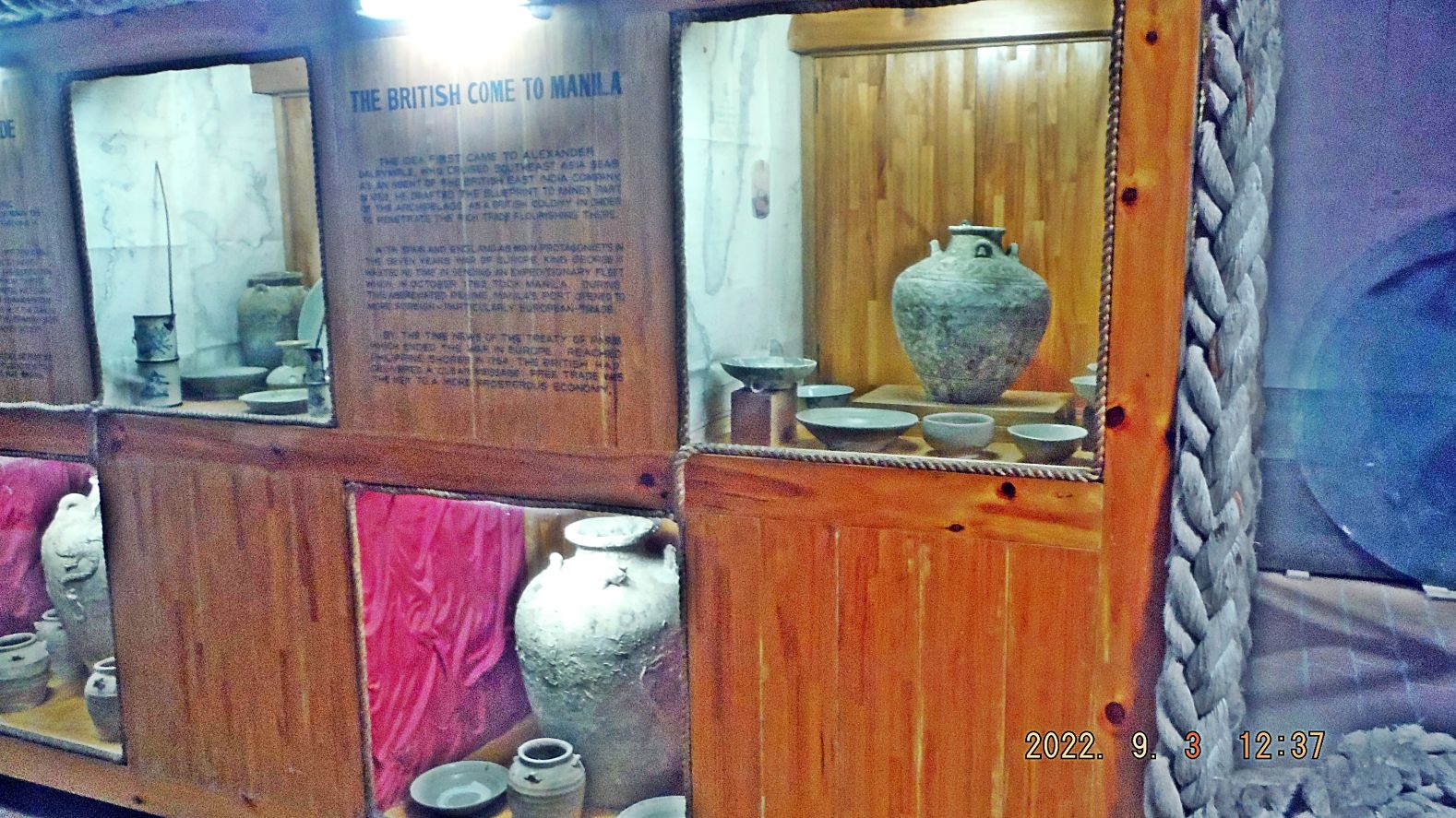
Zf922. This is a written display of the trade history between the Philippine Island and its neighbors which China was the most important one. This is an image of the Magellan’s Landing Maritime Museum owned by Brian Homan, proprietor of the Vasco’s Restaurant, Bar and Grill, also a Resort and Hotel.
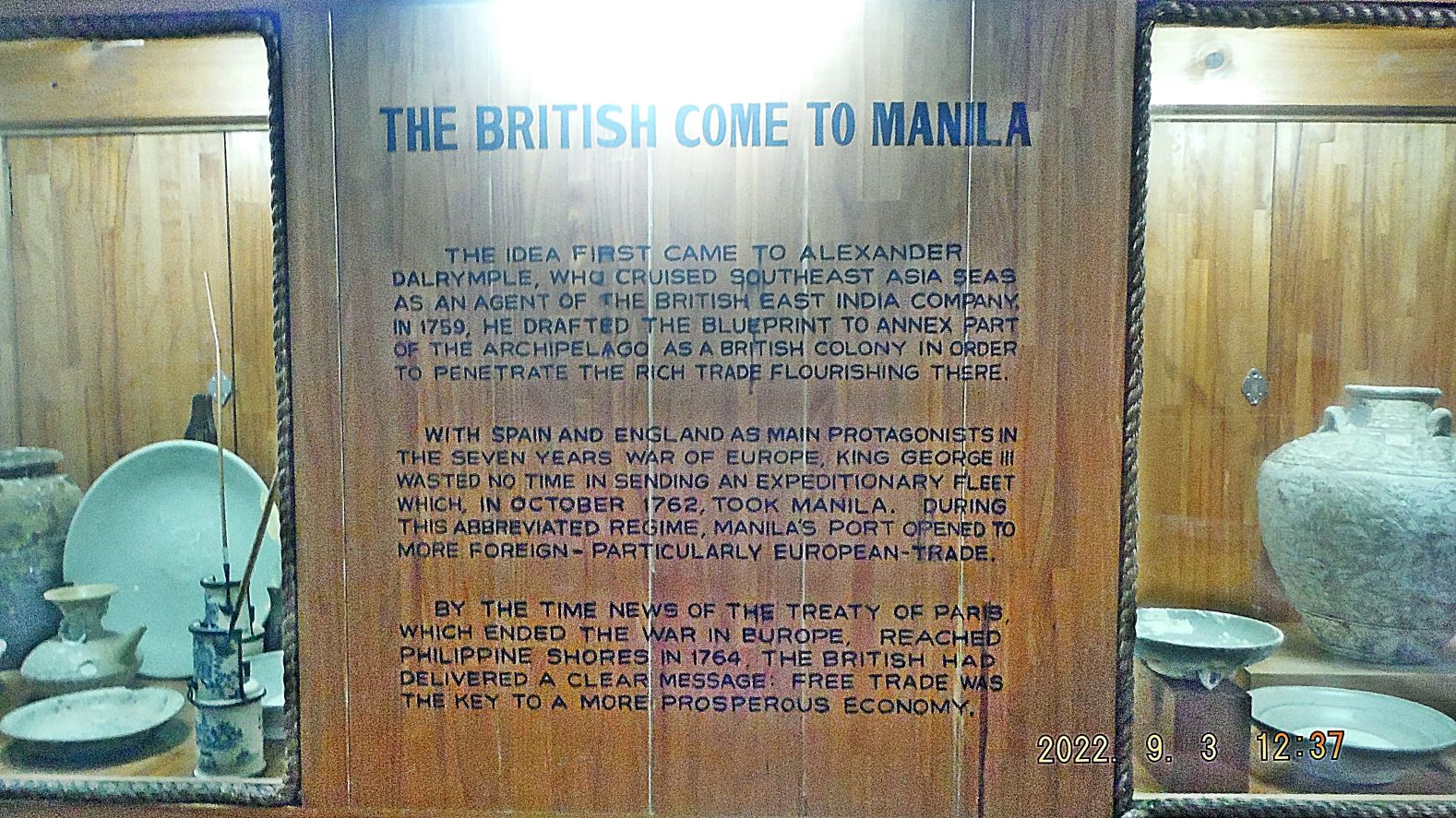
Zf923. This is a written display of the trade history between the Philippine Island and its neighbors which China was the most important one. This is an image of the Magellan’s Landing Maritime Museum owned by Brian Homan, proprietor of the Vasco’s Restaurant, Bar and Grill, also a Resort and Hotel.
INTERESTING COMMENTS!
In my 2nd Segment, about the Navy Coaling Pier in Subic Bay, I had two very interesting responses and I share them here.
–The first response raises questions about the coal used, here it is:
Karl:
Pursuant to your excellent historical emails and photos about the Olongapo coaling pier, I wonder how much mineable coal is there in the Philippines? And of what quality? Among all the other valuable minerals that the country is known for, is the Philippines particularly rich in coal?
Indeed, was there so much available that it was an important source of fuel for a coaling station for the Spanish navy and merchant marine in the steam age? Then again, in 1898, was it an important part of the reason for the US to keep the Philippines as a possession? If so I wonder where the main deposits are located in the country?
Or was the coal all imported? Maybe a good question for historians.
Keep up the good work, Karl, your wanderings and investigations are priceless.
Louis Jurika
Texas
Note from Karl: Lou is my friend and to me he is a historicf person, he is a son of WWII Hero. In our forum we have two links to his family story and one of those stories involves Richard Sakakida, the American Nisei (Japanese), US Army, who got left behind in the Philippines in 1942. Here are the two links, click here 1 and click here 2:
–The second comment is from the historian and writer Richard Meixsel, he wrote at least 3 books about the Philippines, click here.
Here is his comment:
Folks,
I know next to nothing of this topic and was curious. You can read the Annual Report[s] of the Secretary of the Navy for the early 20-th century on hathitrust. They will tell you what it cost to carry coal from the USA to supply the Asiatic Fleet (either carried by train from the east to ports on the west coast, or via the canal).
ONI’s Coaling, Docking, and Repairing Facilities of the Ports of the World (1909), also on hathitrust, shows that the navy stocked Cumberland and Pocahontas [sic] coal in Manila for its ships
Miller (War Plan Orange) tells us about the resources the navy devoted to supplying the fleet with coal. He wrote: “Coal that produced high energy with low smoke output was mined only in Wales and Appalachia, not in the Pacific Basin. (Coal from the western states and Alaska was awful. The Australian product was so bad that 50 percent more was required per mile.) Delivery of good coal from the Atlantic would be a herculean task.” He goes on to explain what the navy spent on colliers to ensure the fleet could get across the Pacific and stay there.
Corpuz (An Economic History of the Philippines) on the situation in the late Spanish period: “There were small [domestic] coal mining ventures through the 1860s-1870s [but] the coal sector never took off.” By the end of the 1890s, what was used mostly came from Australia.
Miller, again: “By the mid-1920s the conversion of the fleet [to oil] was virtually completed,” thus “untethering the ships” from reliance on coal.
For what interest it might be . . . .
Rick Meixsel
==========================================
More Comments re Coal and Vasco’s
In my 2nd Segment, about the Navy Coaling Pier in Subic Bay, (The Vasco’s Presentation), I had two very interesting responses and now I have two more.
–The first response is from a friend and an In-country expert with knowledge re local mining, Jose M. Cabarrus, here it is:
Hi Karl,
Been following this thread. I wrote an email to Louis Jurika about the coal found in the RP. Told him not much coal in this country because it is geologically very young and coal needs time and pressure to develop (we are talking about millions of years). There is coal in the island of Semirara which is exploited by the Consunji family. Quality is not great but can be used for generation and that is where it is used. Some poor quality coals form Cebu and there is a deposit in Malangas, Zamboanga del Norte that is fairly good but small in size. I don’t know if the Spanish used the Subic area as coaling station in the late 19th century. Never read anything in the history books about it, but maybe. They would have used wood to produce steam also- plenty of timber in the country in those days. On the British occupation, they stayed about 2.5 years and never conquered anything past Manila. They were in effect “cornered” here. Darymple himself says that in his memoirs. Whether that led to opening of Manila as a free port or not is debatable. That happened in the 1830’s about 60 years after the “occupation” and after the Spanish lost their Latin American colonies (1820’s). Interesting stuff, as usual thanks for all this, wonderful. Regards, Jose
–The 2nd comment is from a close friend and shipmate Rick Storment, we served together and now we both live in Barrio Barretto in Olongapo City. He delivered a hefty piece of wood, part of the USS Guardian MSM-5 which went aground on the Tubbataha Reef (17th Jan. 2013) and had to be abandoned as a salvageable ship. Then it was cut up with chainsaws, she was built out of wood, and lifted of the reef. Rick presented the part of the USS Guardian on behalf of the Navy Divers who were involved in the removal of the wreck. Maybe the divers had visited Vasco’s before.
Another personal connection to this ship and event, the USS Guardian had visited Subic Bay just before she run aground and the Command Master Chief Petty Officer of the ship was the son of another close friend and shipmate of mine, Tom Stone. Tom and I also served together at least twice and he also lived here in Barrio Barretto.

Zf928. Rick Storment a retired USN Master Diver and Master Chief Boatswains Mate delivers a piece of wooden hull from the ex USS Guardian which had to be cut up and removed from the world famous reef Tubbtaha Reef.
The Corregidor Forum, the section Military News from and In the Philippines, has pictures of the disaster of the USS Guardian, a wooden mine sweeper, grounding on the world famous reef, the Tubbataha Reef in the Philippines and how it was removed.
https://corregidor.proboards.com/thread/1380/military-news-philippines (this is page 1 but the pictures are covered in the first 3 pages out of 16 pages of the news section)